This post may contain affiliate links. Please read my disclosure policy for details. As an Amazon Associate, I earn from qualifying purchases.
Discover the delicious and unique Nagoya food with our ultimate guide. From hitsumabushi to miso katsu, these 10 dishes are a must-try for any food lover!
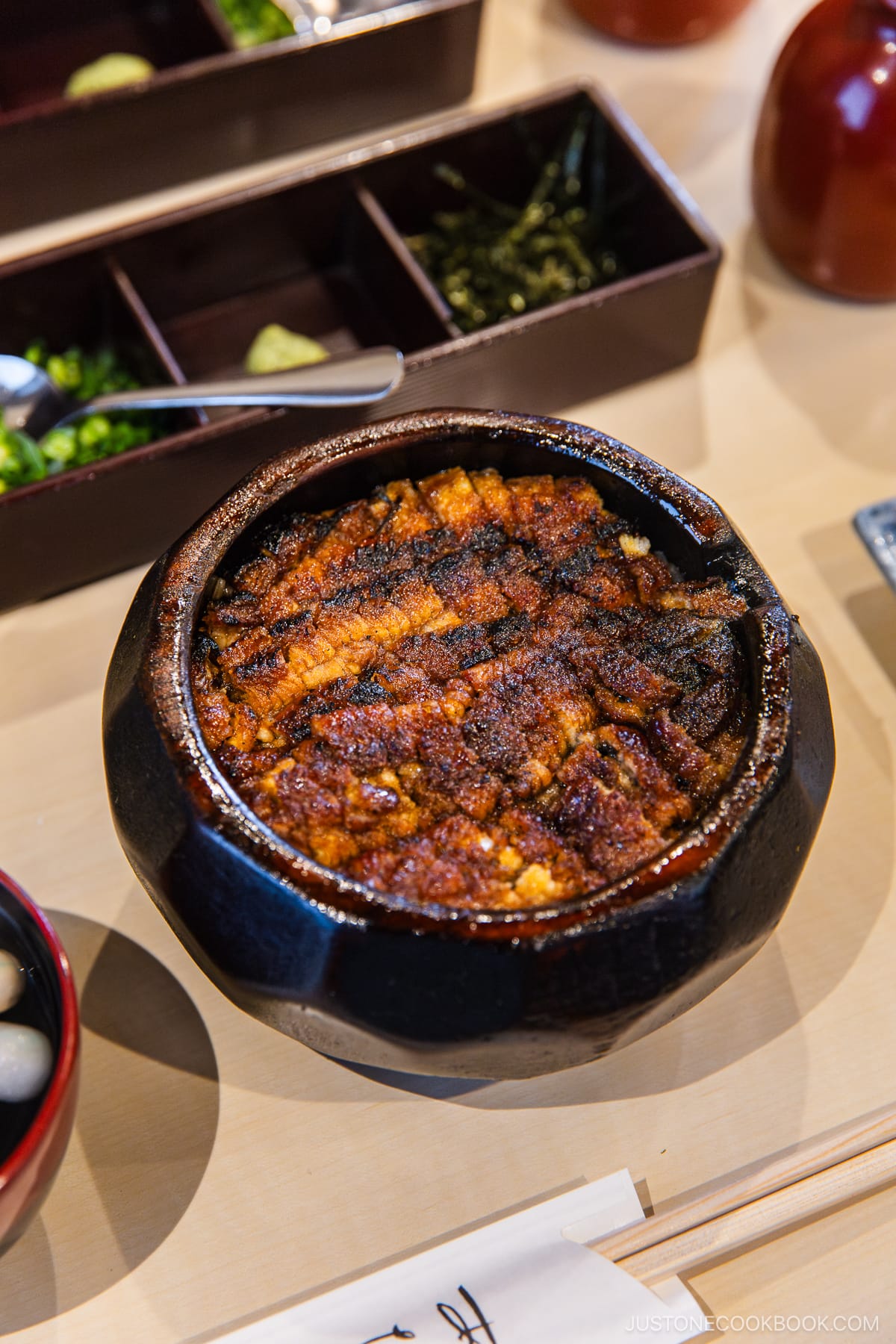
While Nagoya may not be well known for its food compared to other cities in Japan, there is still a world full of delicious and unique dishes that will tantalize your taste buds. Local Nagoya cuisine, also known as Nagoya meshi, is filled with deep-fried dishes, noodles, sweets, and more!
Sandwiched between Osaka and Tokyo, Nagoya is a convenient city to get around Japan using the Shinkansen or flying through Chubu Airport. So why not stop by and feast on these 10 must-try dishes?
Miso Katsu (味噌カツ)
Nagoya is famed for its red miso, which is more pungent, stronger, and darker than white and yellow miso. There are various types of red miso, but the most famous is Hatcho Miso.
It is used in various dishes in Nagoya, but most notably in Miso Katsu. Tonkatsu (deep-fried pork cutlet) is coated with a deep, umami-packed, slightly sweet red miso sauce to become irresistibly delicious. Instead of the traditional brown tonkatsu sauce, the red miso adds a stronger punch and depth of flavor, pairing perfectly with the pork.
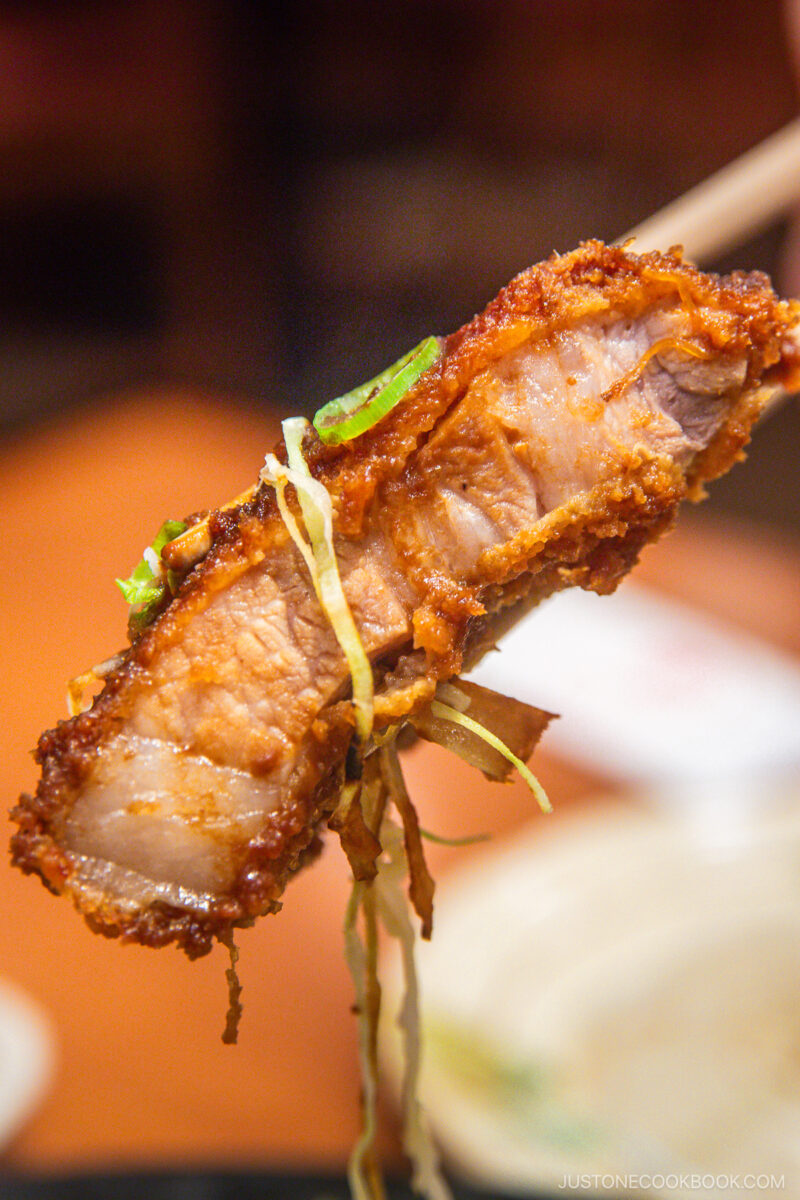
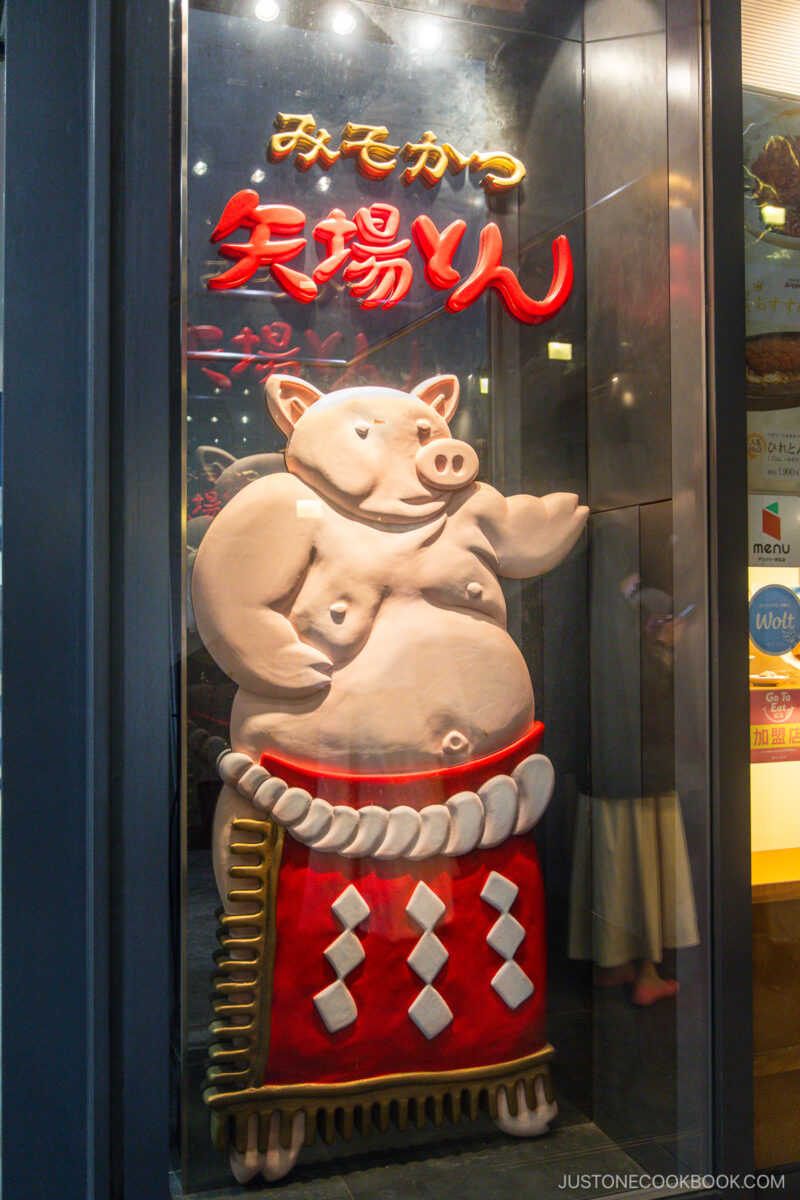
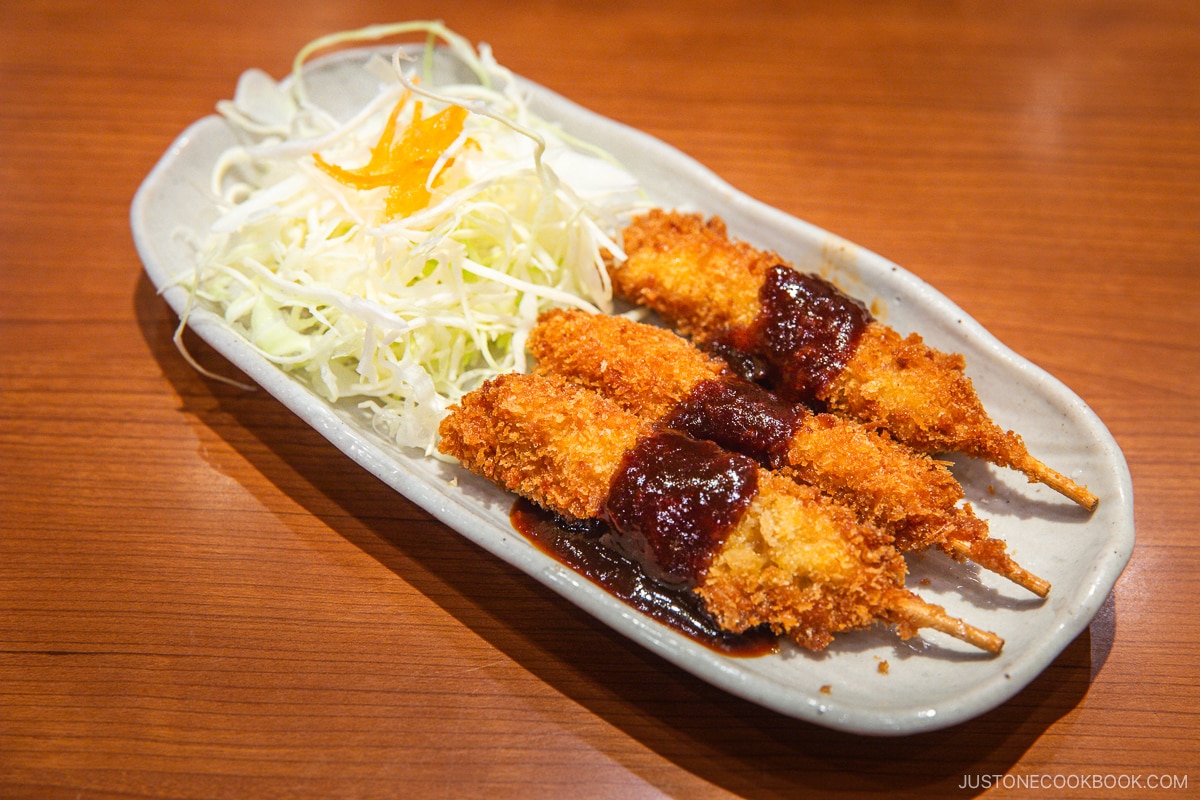
While Hatcho Miso is commonly used, Misokatsu Yabaton uses an original recipe from naturally brewed soybean miso aged for a year and a half. Upon ordering, the miso katsu will be brought to you in a sizzling cast iron skillet, on top of some thinly sliced cabbage, rice, and red miso soup on the side. This miso katsu is one of the most well-known Nagoya foods.
The staff will douse their special miso sauce (a mix of original miso and pork stock) on top of the pork cutlet so it coats each and every bite.
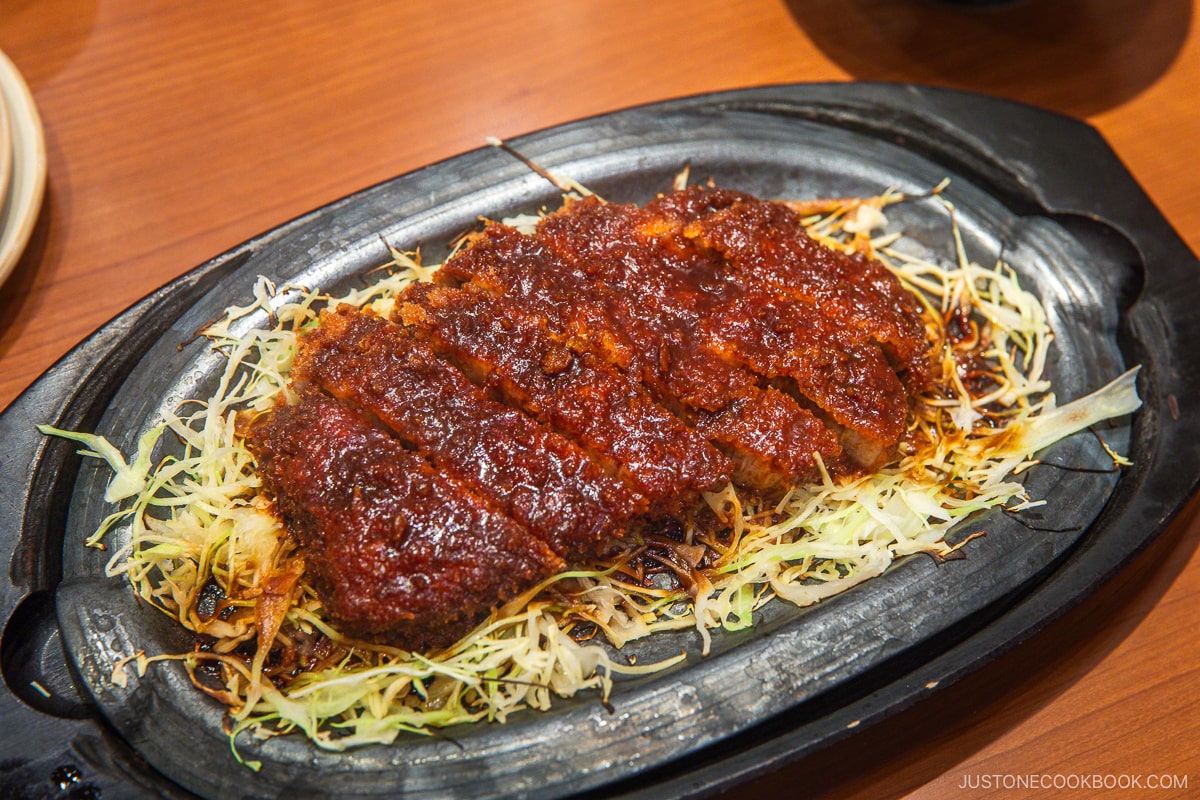
While red miso is quite strong in flavor, the sauce has a fantastic balance of sweetness and sharpness to cut through the heaviness of the pork cutlet, making you want continue eating bite after bite. Along with a bowl of rice, it’s an unbeatable combination. If you love traditional tonkatsu, then Miso Katsu should be at the top of your list.
To make Miso Katsu at home, check out our recipe here!
Hitsumabushi (ひつまぶし)
Hitsumabushi is one of Nagoya’s most famous delicacies, consisting of grilled eel on top of a bowl of rice. The dish gained its name from the words Ohitsu (a wooden container used to serve rice) and mabushi, which describes placing the eel on top of the rice.
This is not to be confused with Unadon, which is very similar. The eel is grilled kabayaki style, so the skin becomes crisp, and the flesh is succulent and tender and slathered with a sweet soy sauce-based sauce. It is then chopped into smaller pieces and laid on top of the rice.
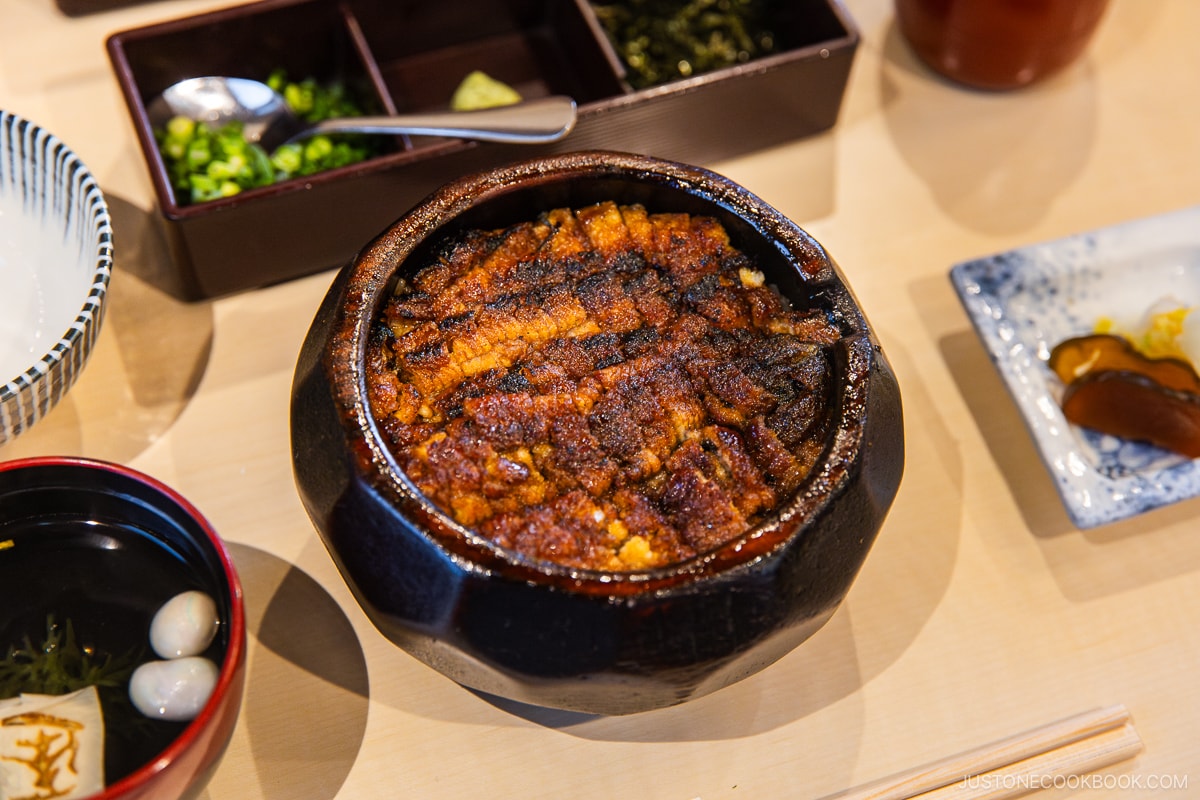
There are various origin stories, with one saying that poor quality eel was chopped up for easier consumption, and another saying the offcuts were chopped up and used not to waste any of the eels. While we don’t know which origin is 100% correct, what we do know is that it is delicious.
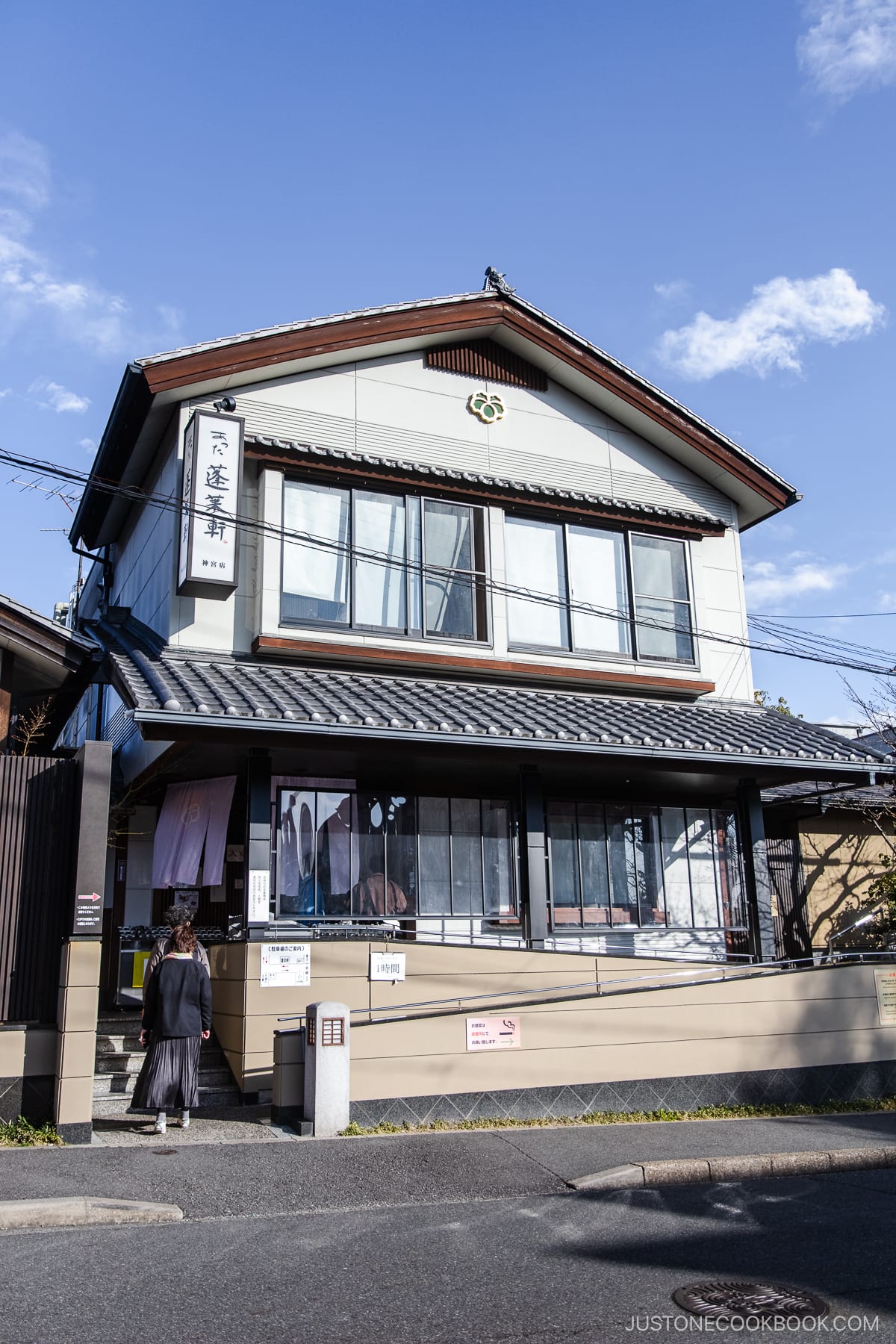
Next to Atsuka Jingu, Atsuta Horaiken has been serving Hitsumabushi since 1873 and has even trademarked the name! The eel is grilled while being doused with the shop’s original sauce, which has been passed down since its opening, and placed on top of a generous portion of rice. It is accompanied by some negi, wasabi, nori, pickles, dashi, and soup.
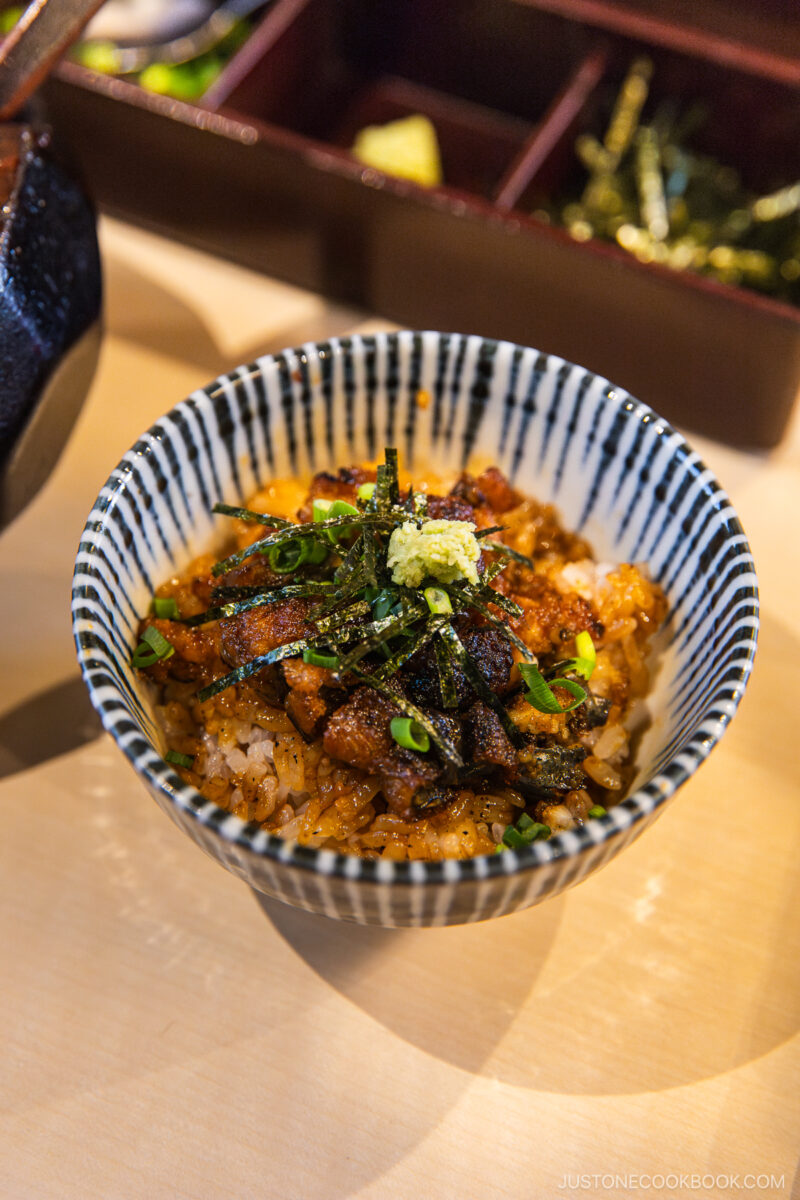
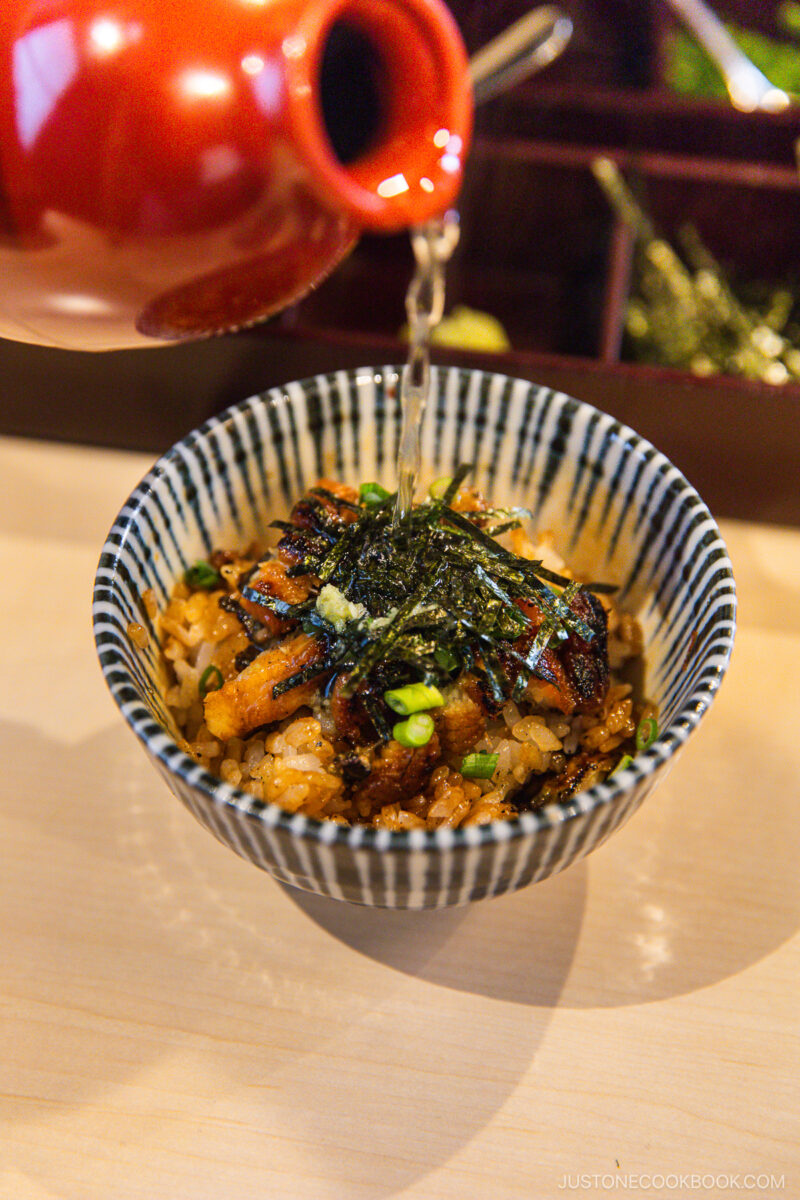
How to Eat Hitsumabushi
These condiments are used so you can enjoy the dish in four different ways:
1. Using the wooden spoon, portion the Hitsumabushi into quarters and scoop into the small rice bowl. Eat the first portion as is, and enjoy the flavor of the eel as is.
2. For the second portion, add a little of the negi, wasabi, and seaweed.
3. For the third portion, add the negi, wasabi, nori, and pour in the dashi broth to enjoy as ochazuke.
4. Finally, enjoy the last quarter with your preferred method.
While the portion is generous, it is surprisingly light and easy to eat. The eel skin’s crispiness, the flesh’s tenderness, and the salty and slightly sweet sauce are an unbeatable combination. All for 4900 yen (price in 2024)!
Tebasaki (手羽先)
Tebasaki, or chicken wings, became popular after a customer requested fried chicken with sauce at a small restaurant called Furaibo. It proved to be a hit, so the owner, Mr. Otsubo, researched to find the perfect sauce and chicken combination. Now, Furaibo can be found across Nagoya, and Tebasaki has grown to become one of Nagoya’s local dishes.
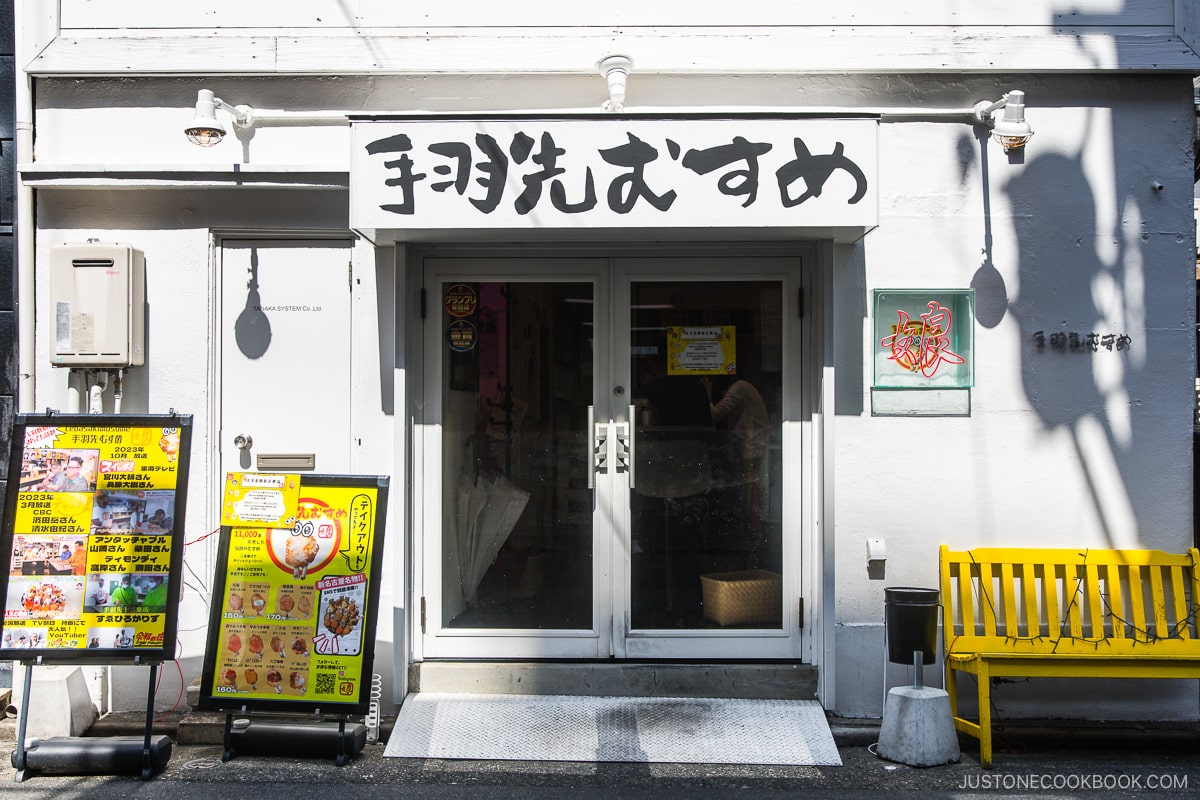
While Furaibo is an obvious choice, we headed to a smaller shop called Tebasaki Musume in Osu. During the “Tebasaki Summit 2022,” Tebasaki Musume sold 11,000 wings in three days, and it was subsequently awarded the gold prize! While most Tebasaki is served in the traditional wing shape, they prep them here so you can eat them in one bite and with no fuss!
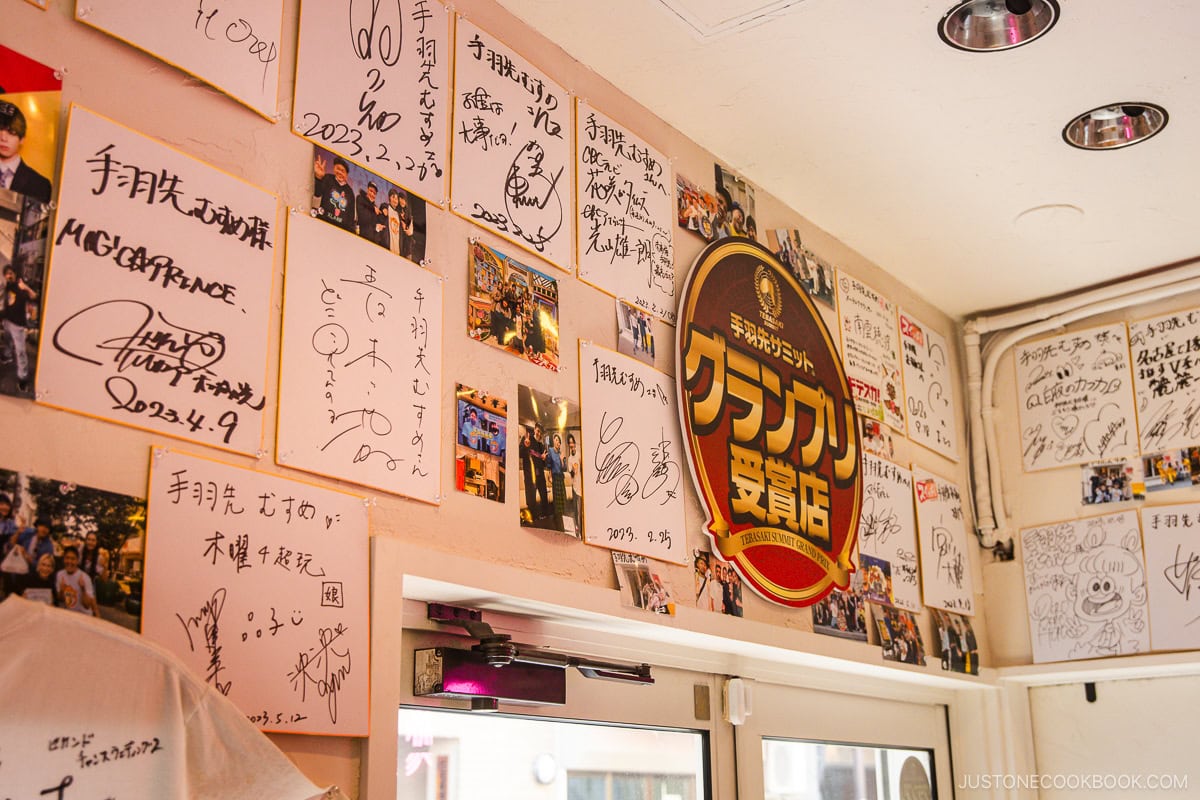
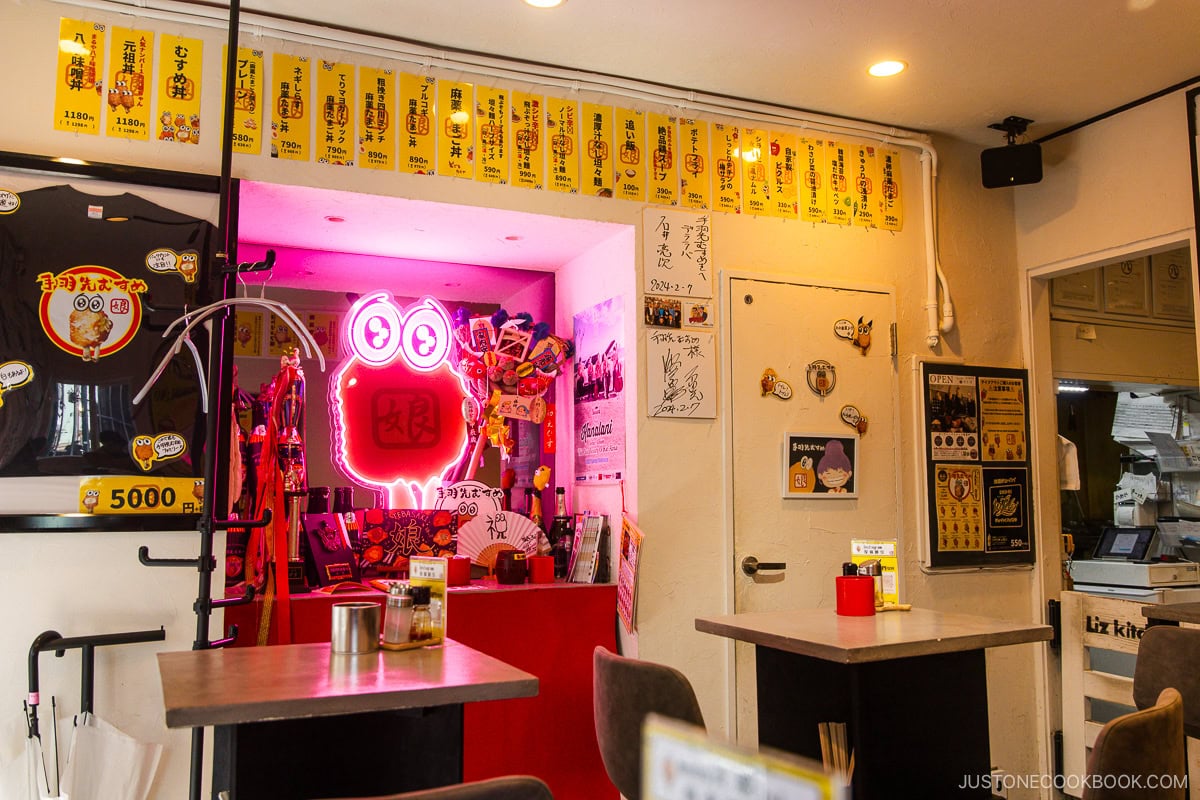
Inside the shop, you can see their 2022 prize and a host of autographs from popular Japanese personalities who have visited the shop.
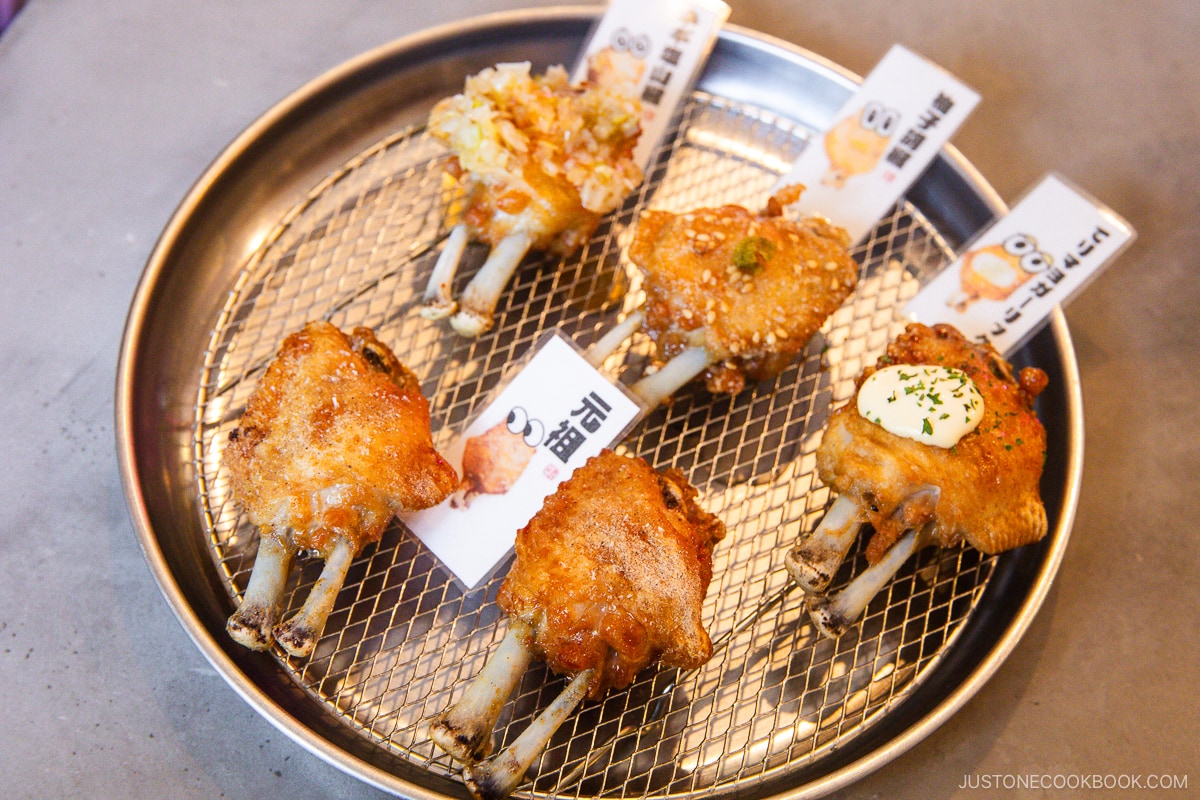
The menu has countless wings with various sauces from their original to Yuzukosho and Teri Mayo Garlic. Each one ranges from around 165 yen to 220 yen, with combination platters available to share. Alternatively, you can pick and choose whichever flavor suits you.
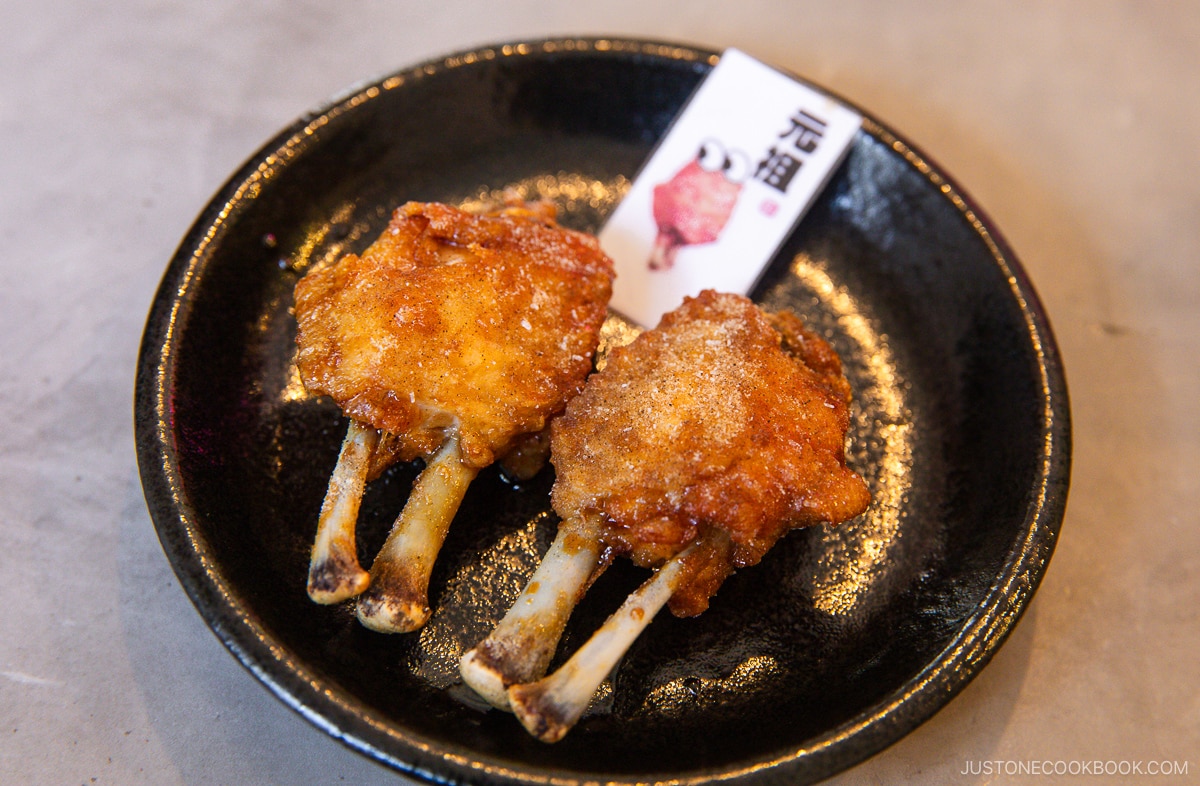
The Tebasaki are slowly deep-fried till slightly crisp on the outside and juicy on the inside. We couldn’t get enough of these and had to order more before leaving! The restaurant is small, sitting around 10-15 people, creating a cozy yet lively atmosphere. We definitely want to go back here for some more wings and drinks!
Another popular Nagoya chicken wings chain you’ll see in many parts of Japan is Sekai no Yamachan. If you don’t have a chance to go to Nagoya, we recommend trying it in other cities.
Miso Oden (味噌おでん)
Oden is a classic winter dish that provides all the nutrients and vitamins you need during the cold months. Oh, it’s also delicious! It’s simply made by simmering various vegetables and meats, such as daikon radish, hard-boiled egg, and beef tendons, in a dashi broth. Add some red miso paste, and you will have a Nagoya classic!
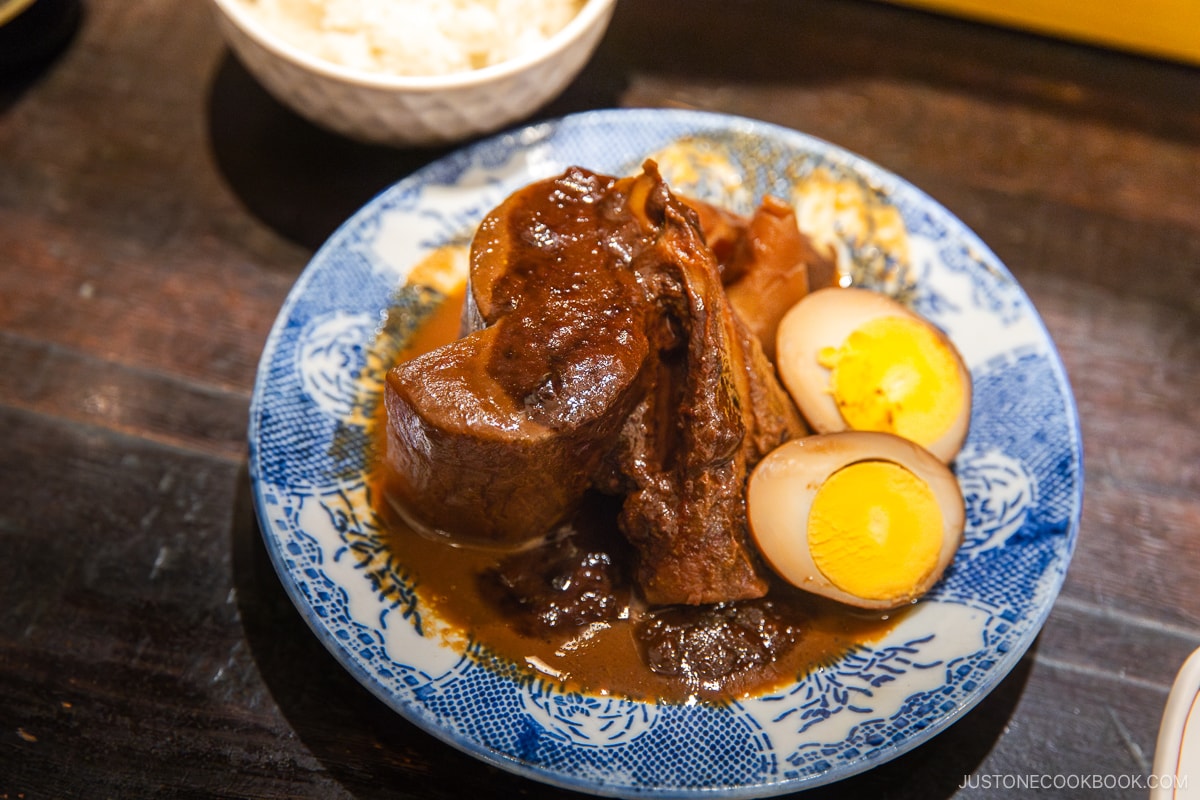
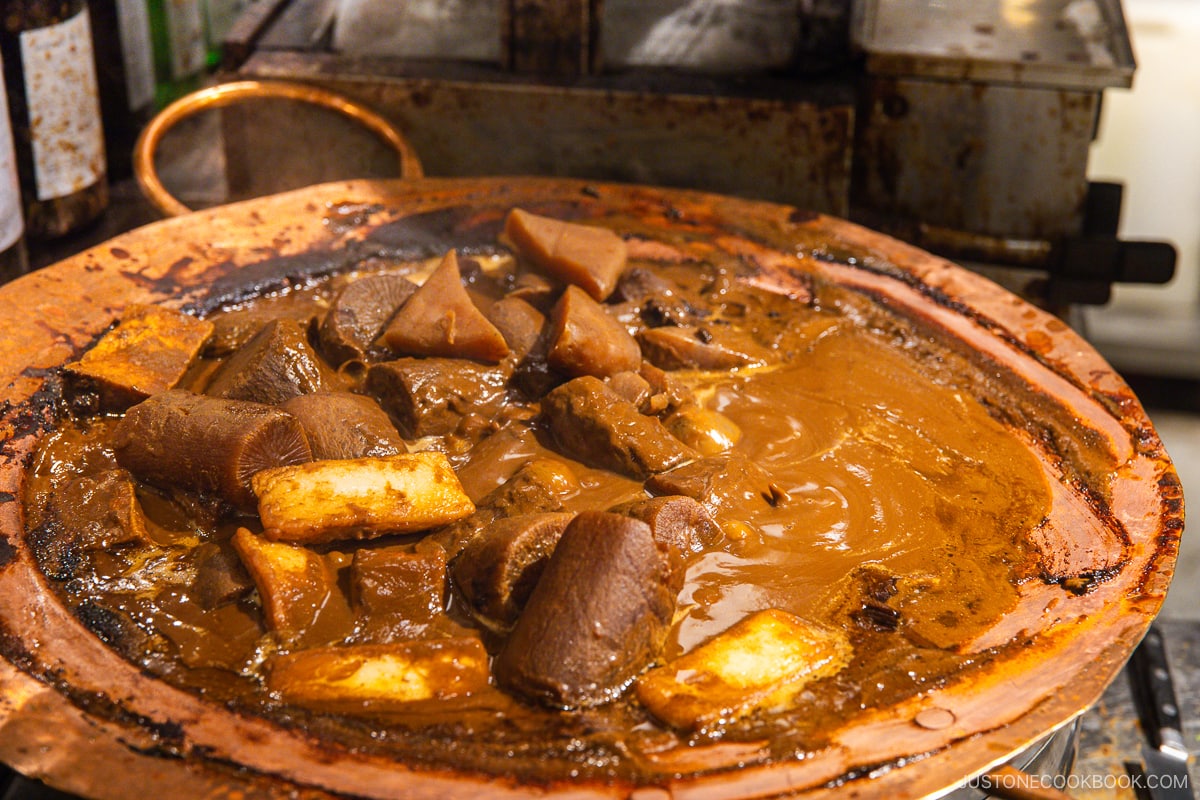
In some restaurants, the dashi simmered ingredients are topped with red miso. In contrast, in other places, the ingredients are simmered in a red miso broth. This style allows the deep flavors of the miso to soak into each ingredient, pairing perfectly with some rice and a beer, so it’s no wonder you can find it in many izakayas around the city!
Kishimen Udon (きしめんうどん)
Kishimen Udon is a variation of traditional udon noodles made with wheat flour and slightly more concentrated salt water. Its most distinctive aspect is its flat and thin shape, as opposed to the round/square shape of regular udon.
This shape makes it easier for the noodles to soak up all the delicious broth, which is great for people who love bolder flavors. The noodles also have a slightly softer texture than regular udon, making it easier to eat.
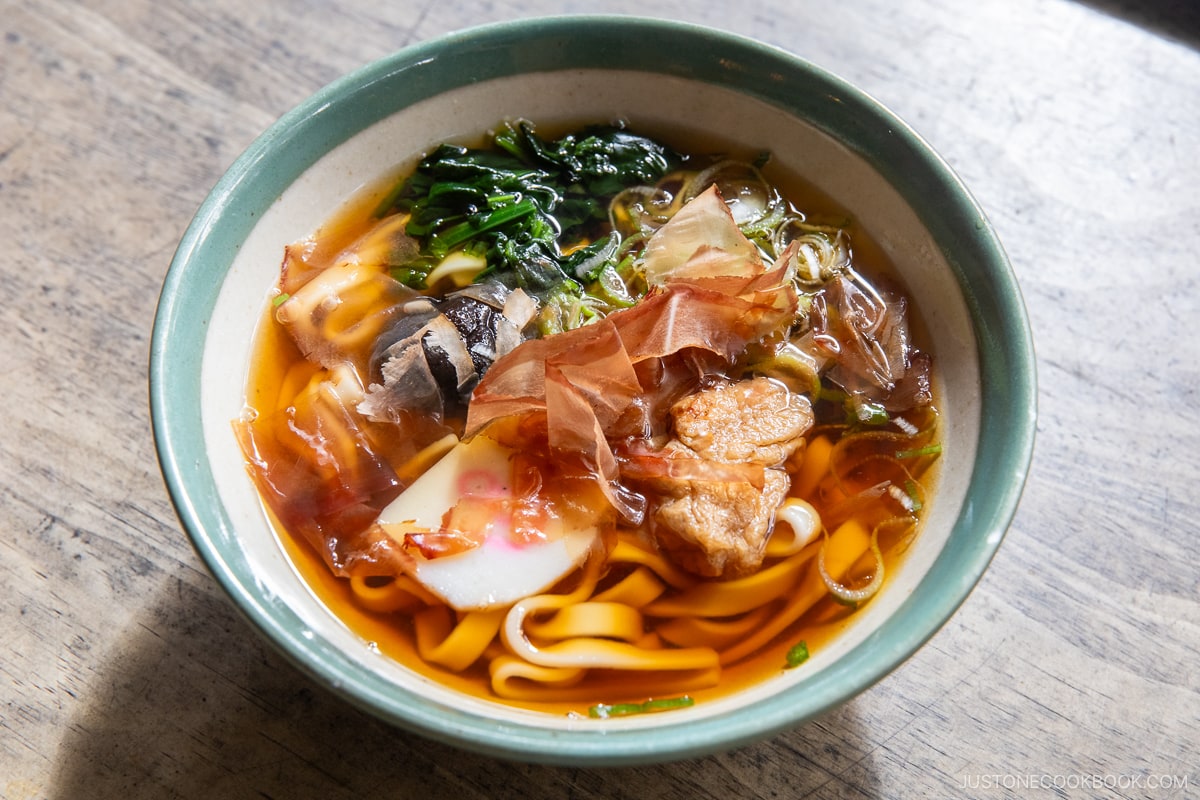
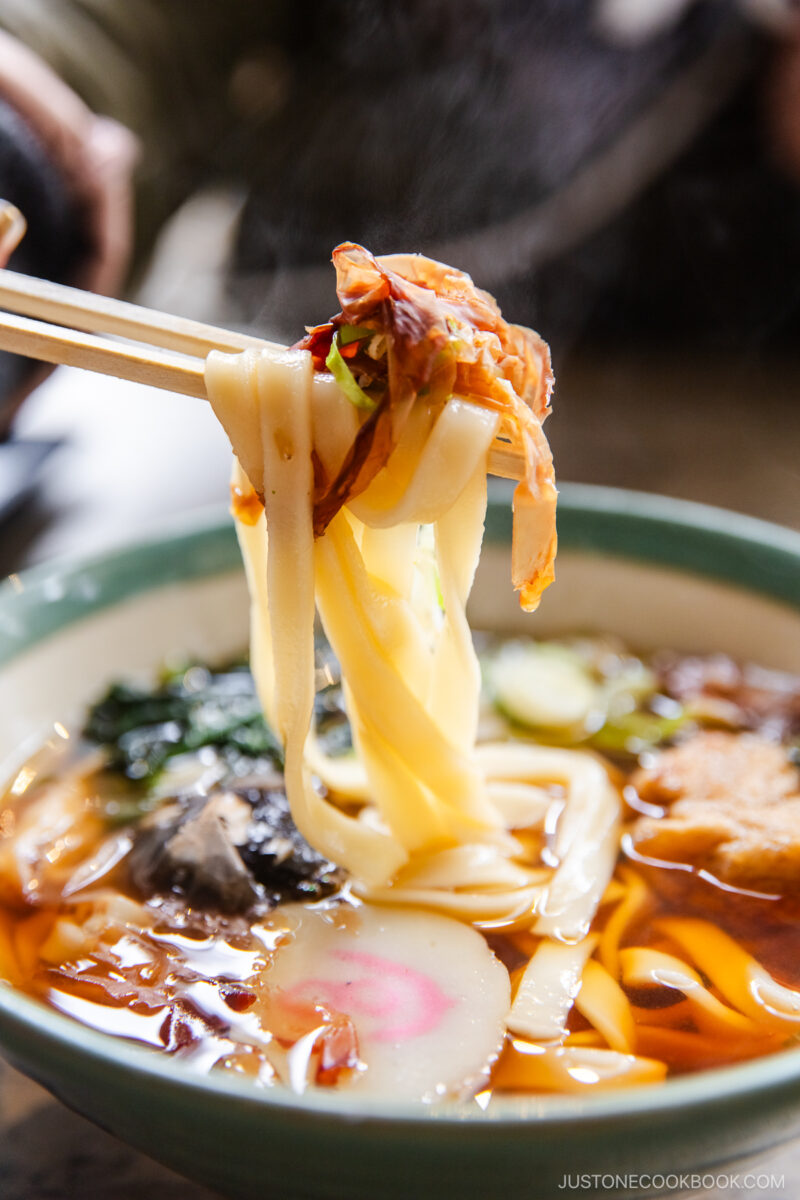
If you’re heading to Atsuta Jingu, head to Miyakishimen Jingu-ten (宮きしめん神宮店), located instead of the shrine’s grounds. They have various types of Kishimen Udon available, but the store’s classic, Miya Kishimen, comes with some aburaage, pork, spinach, and shiitake mushrooms and is topped with katsuboshi.
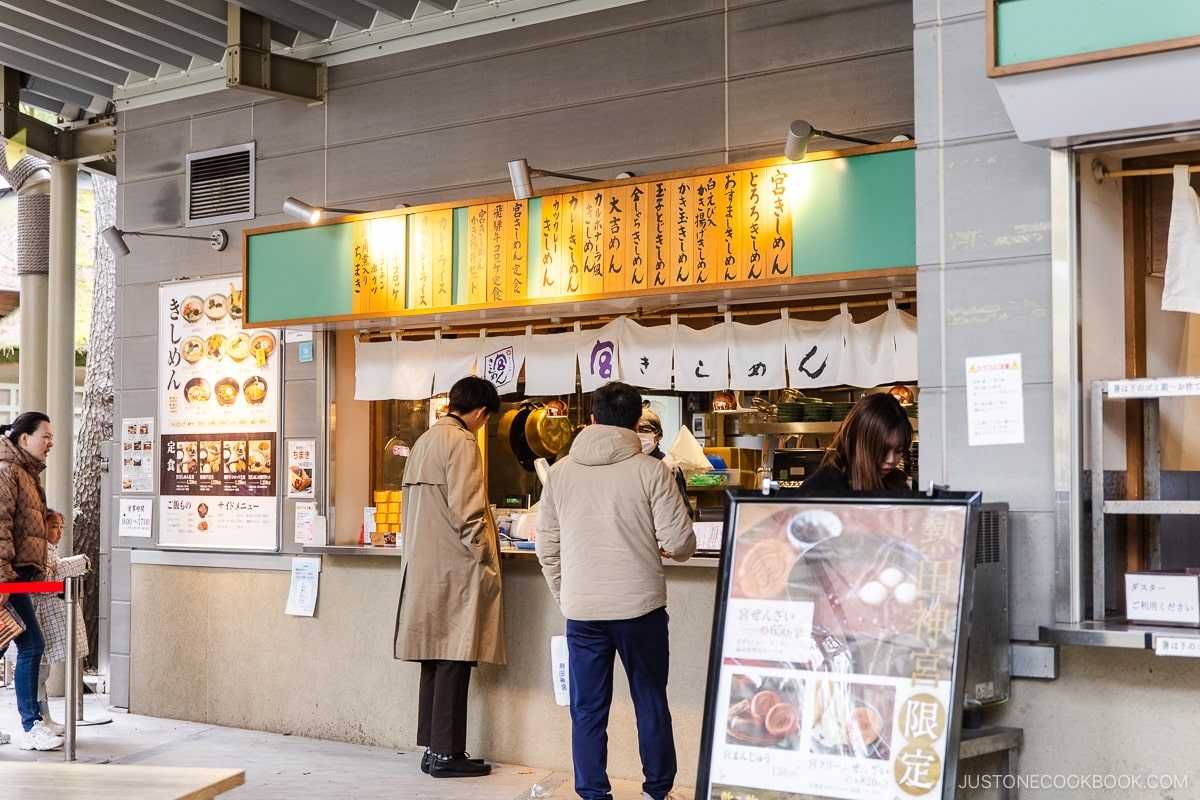
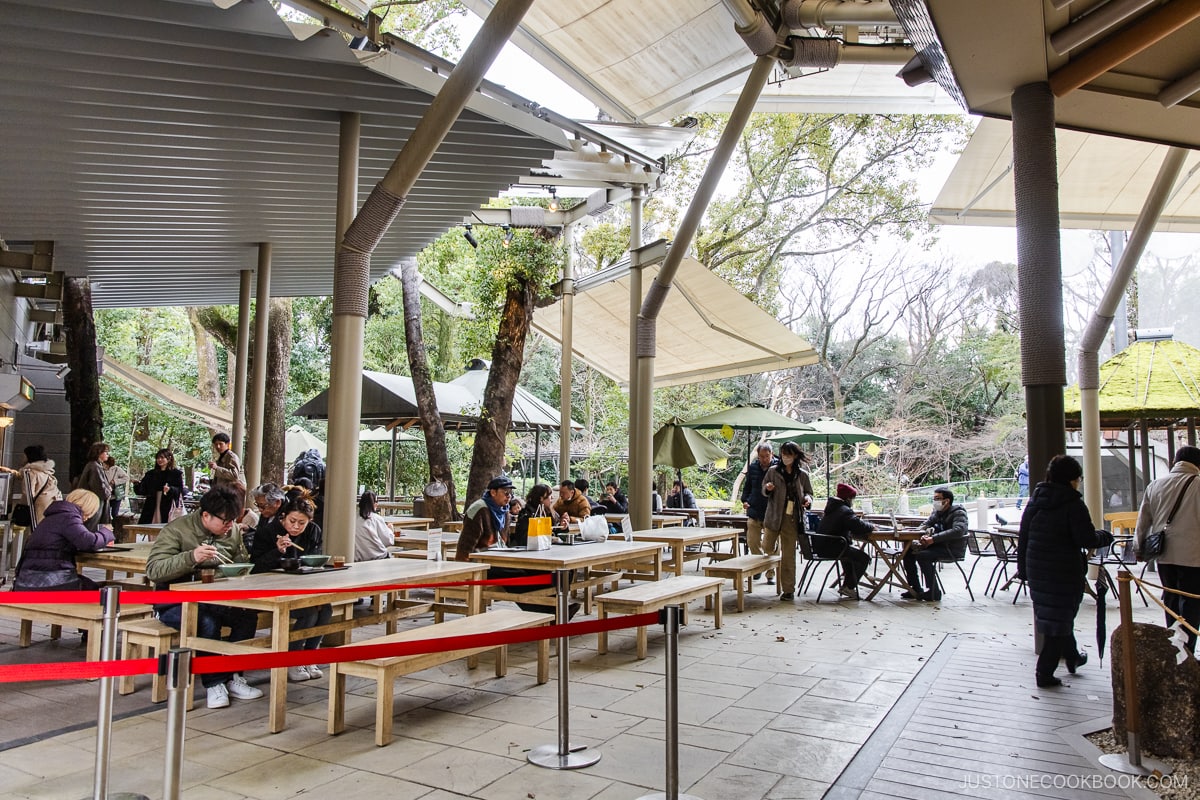
Relax in the shrine’s grounds with some fantastic food and incredible scenery!
Miso Nikomi Udon (味噌煮込みうどん)
Continuing on from Udon, another local Nagoya food is Miso Nikomi Udon. Thick udon noodles are served in a red miso broth and traditionally topped with negi, kamaboko, and a raw egg. It is served in a donabe (earthenware pot) and comes out bubbling and steaming hot. The udon noodles are also boiled slightly less, so they have a firmer texture, which allows you to enjoy the deep-flavored broth.
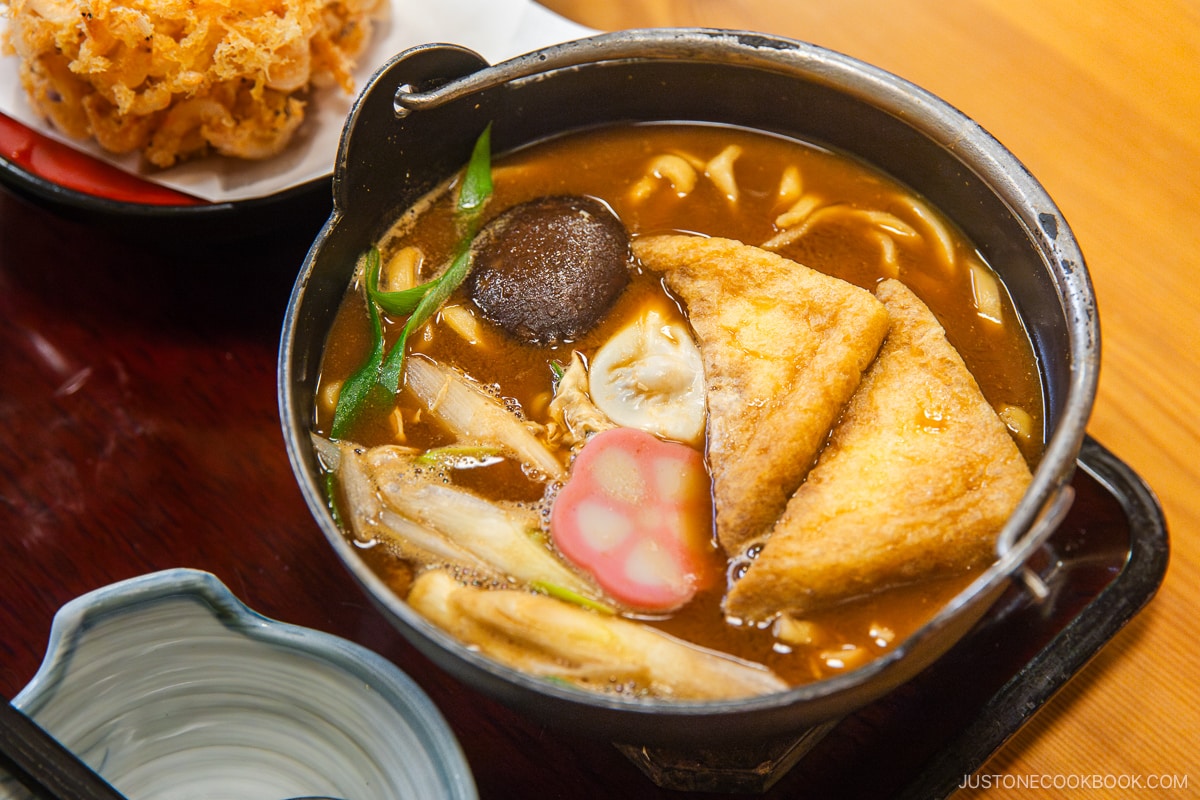
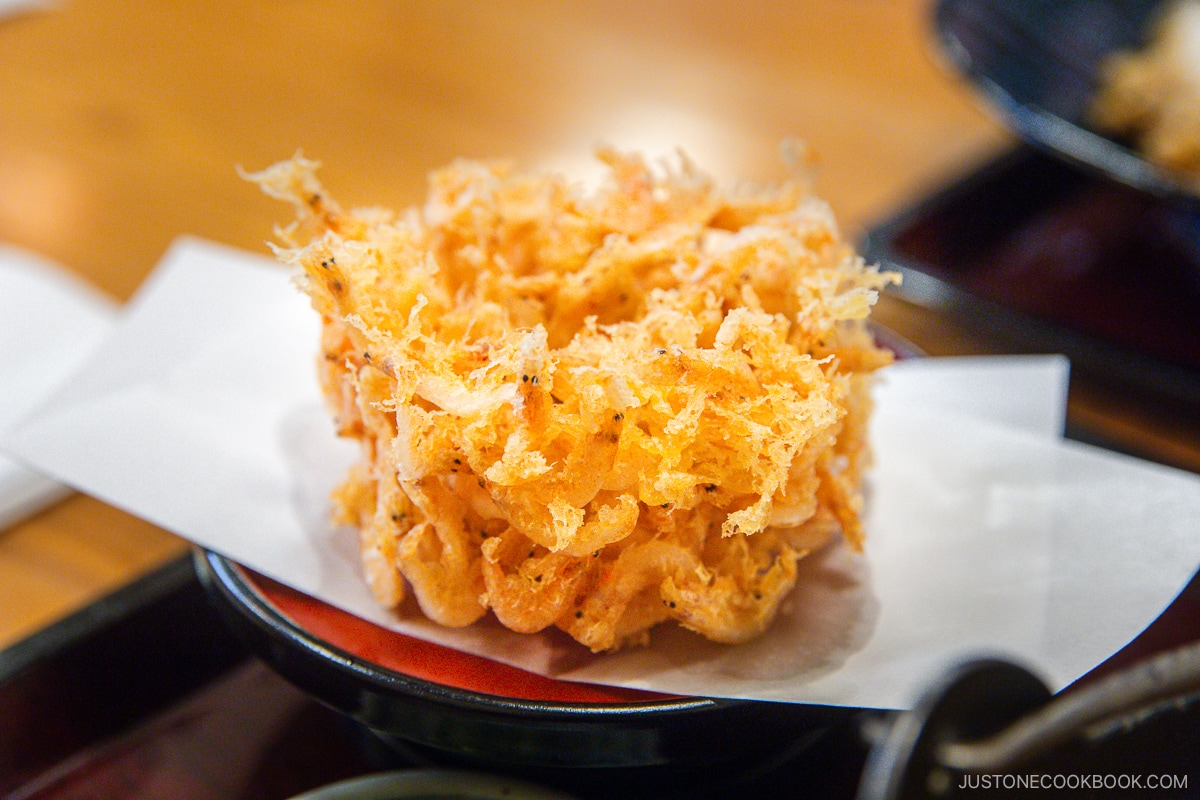
Head to Teuchimempomaruichi (手打麺舗丸一) to pick up some Miso Nikomi Udon and some crisp tempura! During Sakura season, they had some special Sakura ebi tempura on offer! You can also change your noodles to Kishimen Udon for an extra fee of 50 yen.
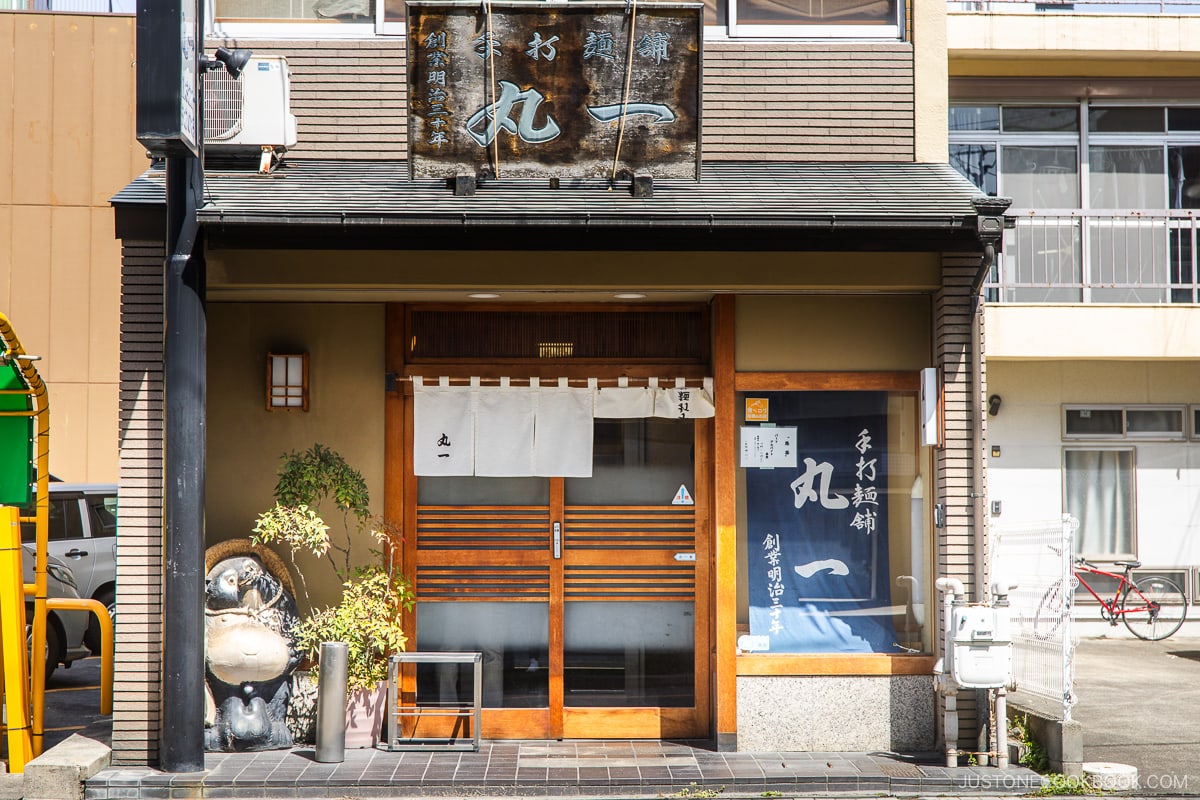
What we loved about this restaurant was that it was filled with locals. While walking around Nagoya, you will find many restaurants offering combination plates of local specialties. This can be a great way to enjoy a range of foods, but these local restaurants are where you find the real deal.
Taiwan Ramen (台湾ラーメン)
You might be thinking, “Taiwan Ramen in Nagoya?” The Taiwanese owner of Misen restaurant was serving a Taiwanese noodle dish known as Danzai Noodles (very different from ones in Taiwan). He decided to create an even spicier version and called it Taiwan Ramen. And it is not for the faint-hearted.
The noodles lie in a chicken bone broth with minced meat, chives, and an indescribable amount of red chili that will give you the sweats. But this hot and spicy boom took over Nagoya, and now you can find Taiwan Ramen and Misen branches across the city. We only recommend trying Taiwan Ramen if you like spice!
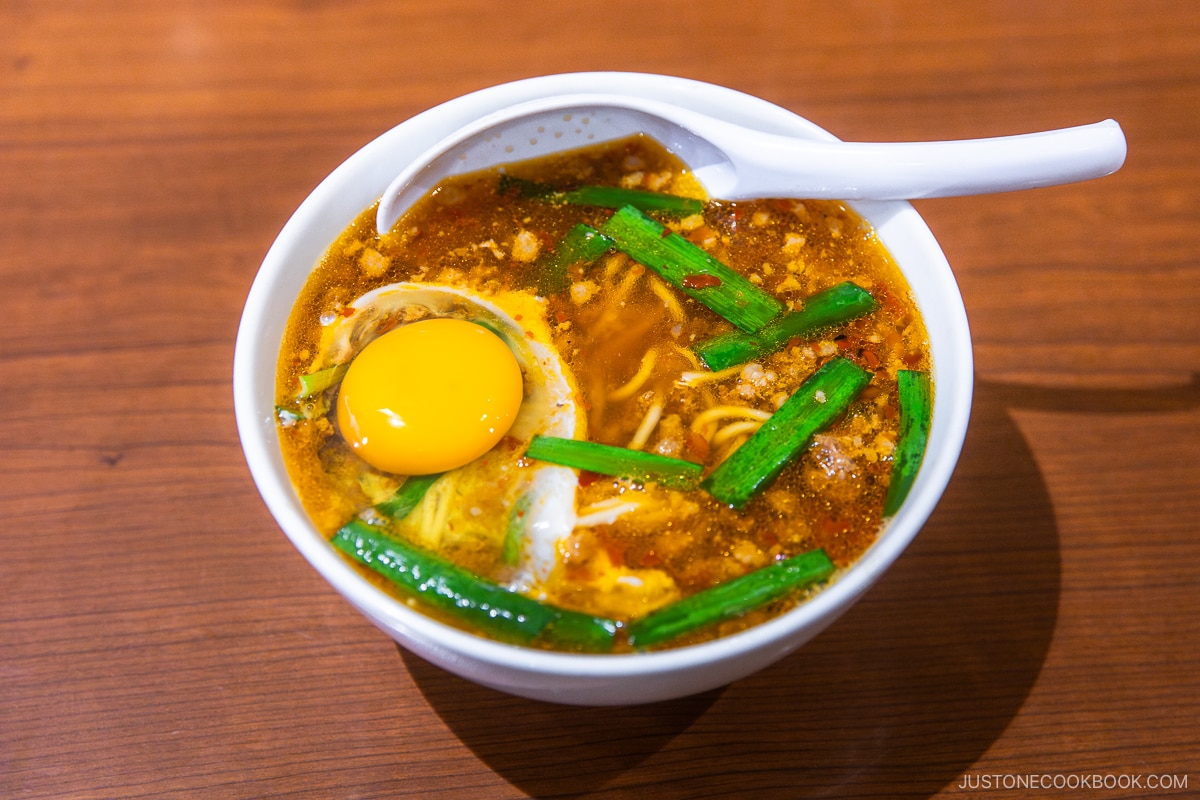
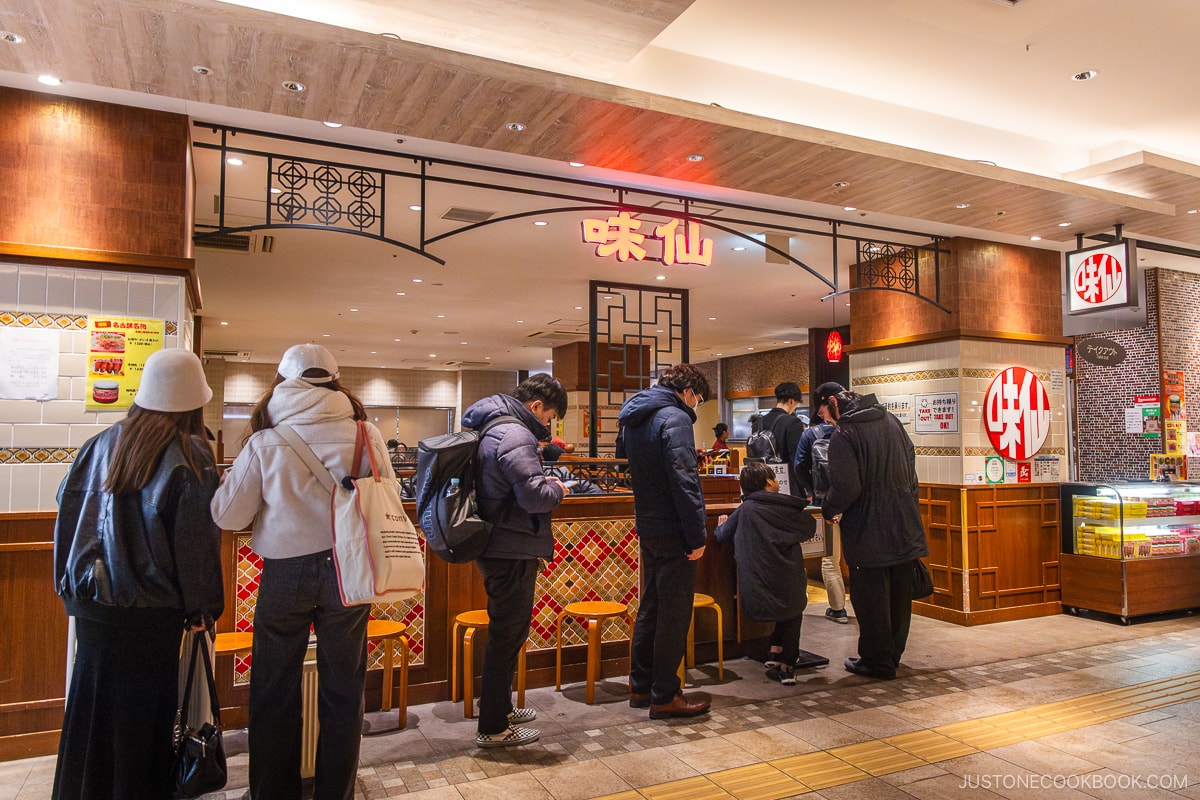
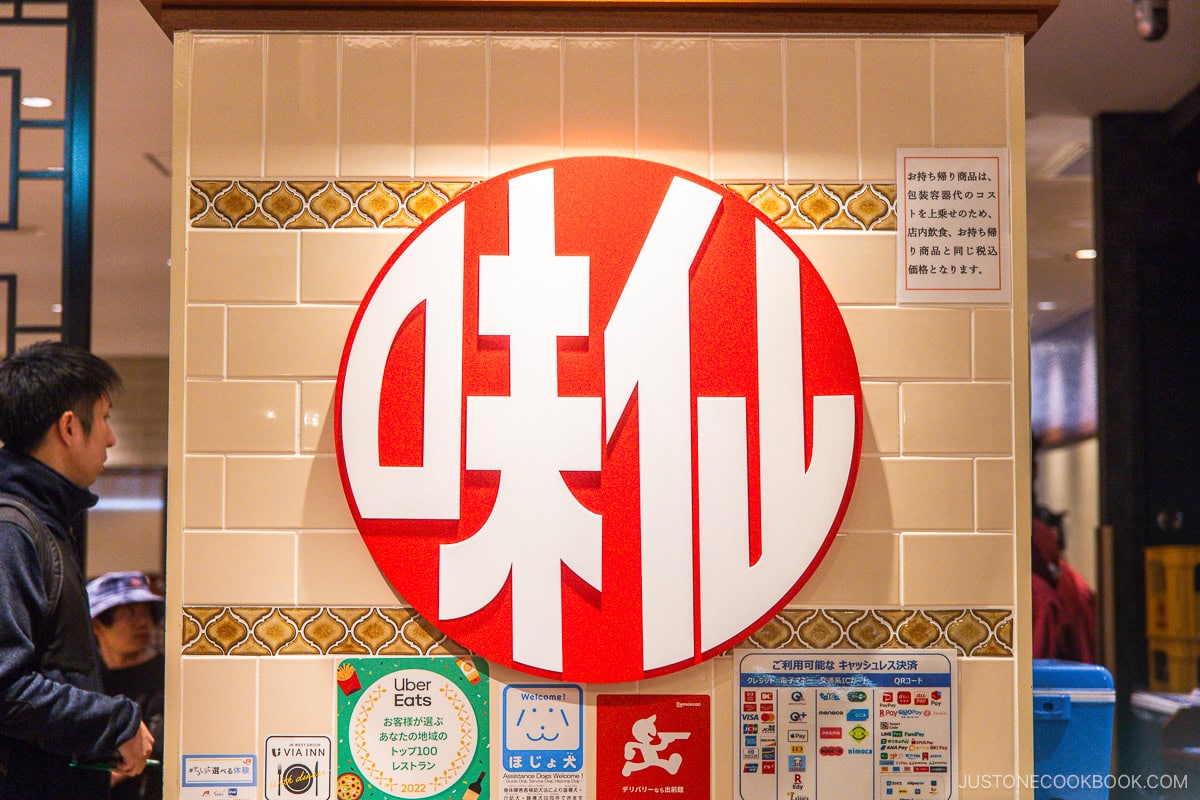
Fun fact: in Taiwan, this ramen is known as Nagoya Ramen!
Ebi Fry (エビフライ)
Ebi Fry is deep-fried shrimp that are golden brown on the outside and puri puri (Japanese onomatopoeia for plump/tender) on the inside. Although available nationwide, Ebi Fry is said to be a specialty in Nagoya. The city has a history of enjoying shrimp, as Mikawa Bay is said to be one of the best shrimp fishing spots in Japan.
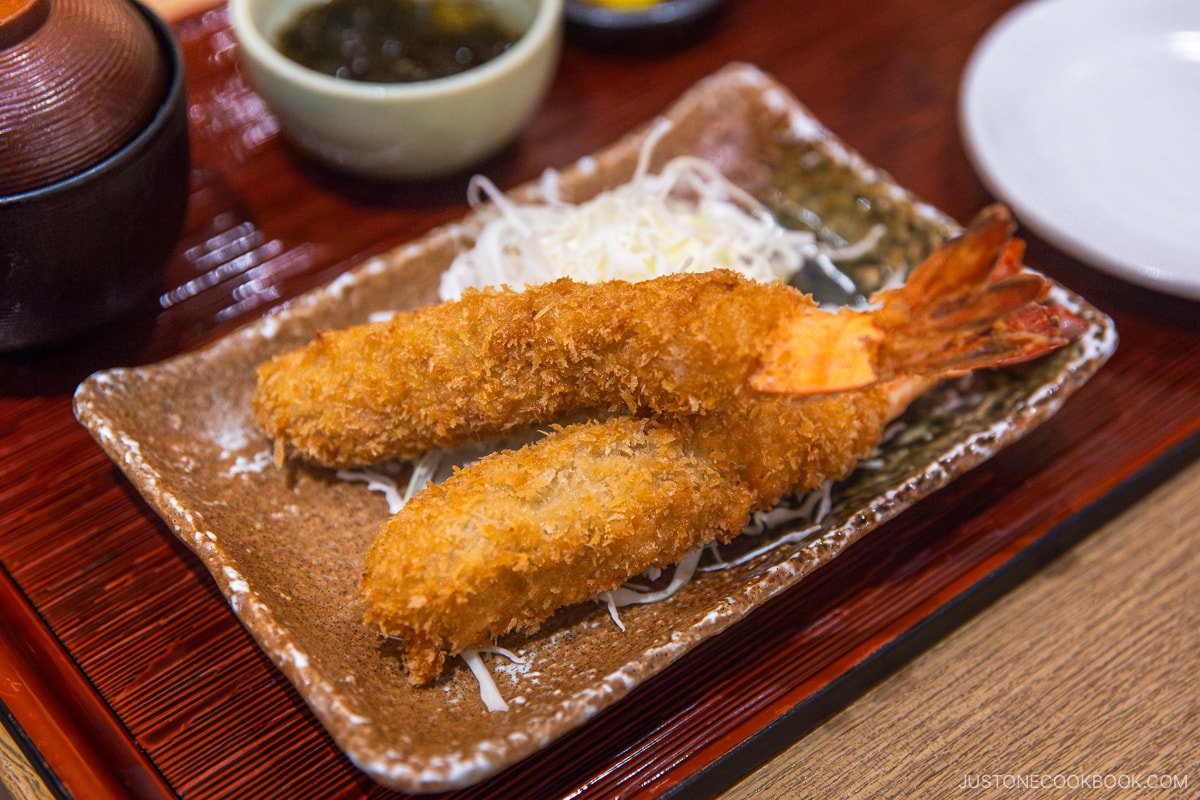
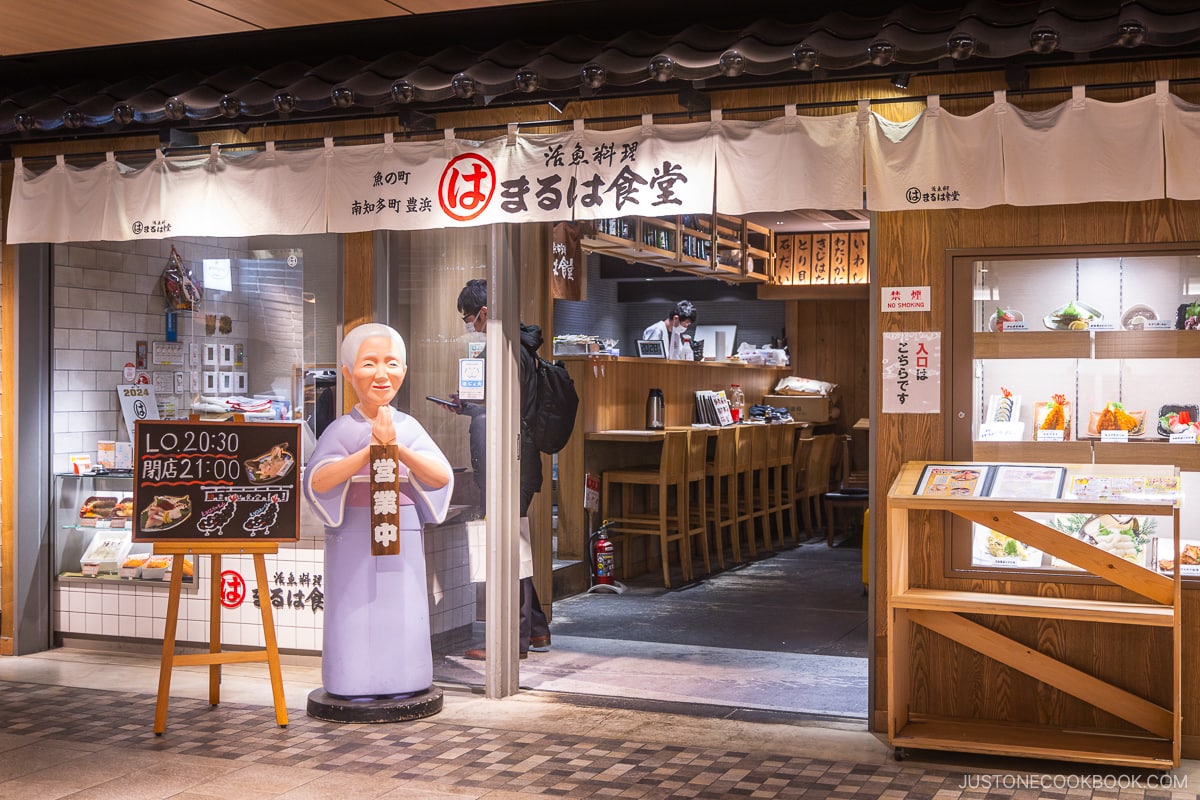
You can find Ebi Fry in izakayas, seafood restaurants, or dedicated shops. Maruha Shokudo is a popular seafood restaurant offering Ebi Fry Teishoku, allowing you to choose how many pieces of shrimp you want. The shrimp are huge, each around 15cm long, crunchy on the outside, meaty, and puri puri on the inside. It comes with some original tartar sauce, rice, miso soup, and pickles. If you love shrimp, this is the place to go.
Tenmusu (天むす)
Speaking of shrimp, another local specialty is Tenmusu – a rice ball with shrimp tempura. It was founded at Ganso Tenmusu Senju restaurant, which literally translates to “the birthplace of tenmusu.” The original recipe was made in the 1950s by a housewife trying to find a meal for her busy husband. She tried shrimp tempura and the humble onigiri, thus creating Tenmusu!
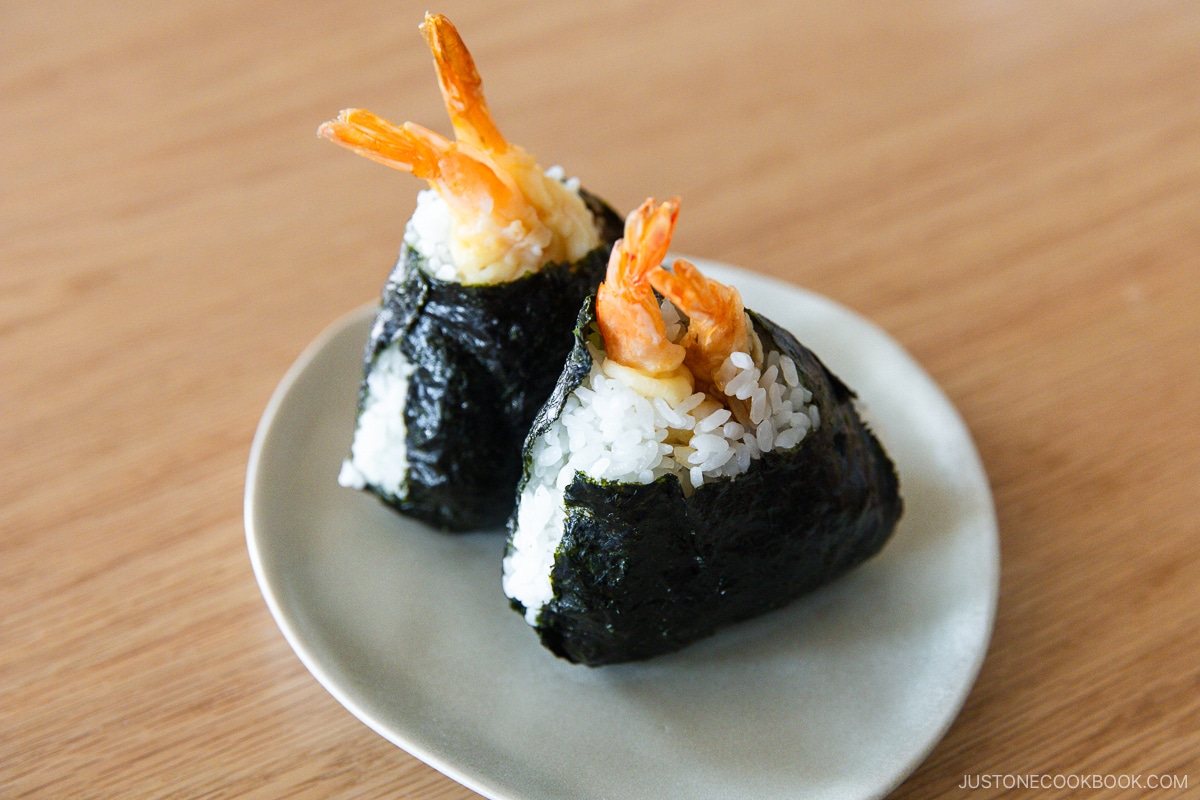
The original restaurant is located in Tsu City, the capital of Mie Prefecture. Due to their popularity, they have opened several other branches in the Nagoya region.
Nagoya Morning (名古屋モーニング)
Nagoya is also famous for its morning menus, with its birthplace said to be Ichinomiya City in north Nagoya. In Japan, morning meals at restaurants are not very popular, but they are a staple in Nagoya’s food scene.
Throughout the city, you will find countless small kissatens (coffee shops) open in the early morning, serving freshly brewed coffee, toast, and a hard-boiled egg. There are other variations, such as anko (sweet red bean paste) and butter, known as Ogura Toast. The combination of anko and butter is a classic in Japanese cuisine, and along with a cup of coffee, you’ll be ready to start your day!
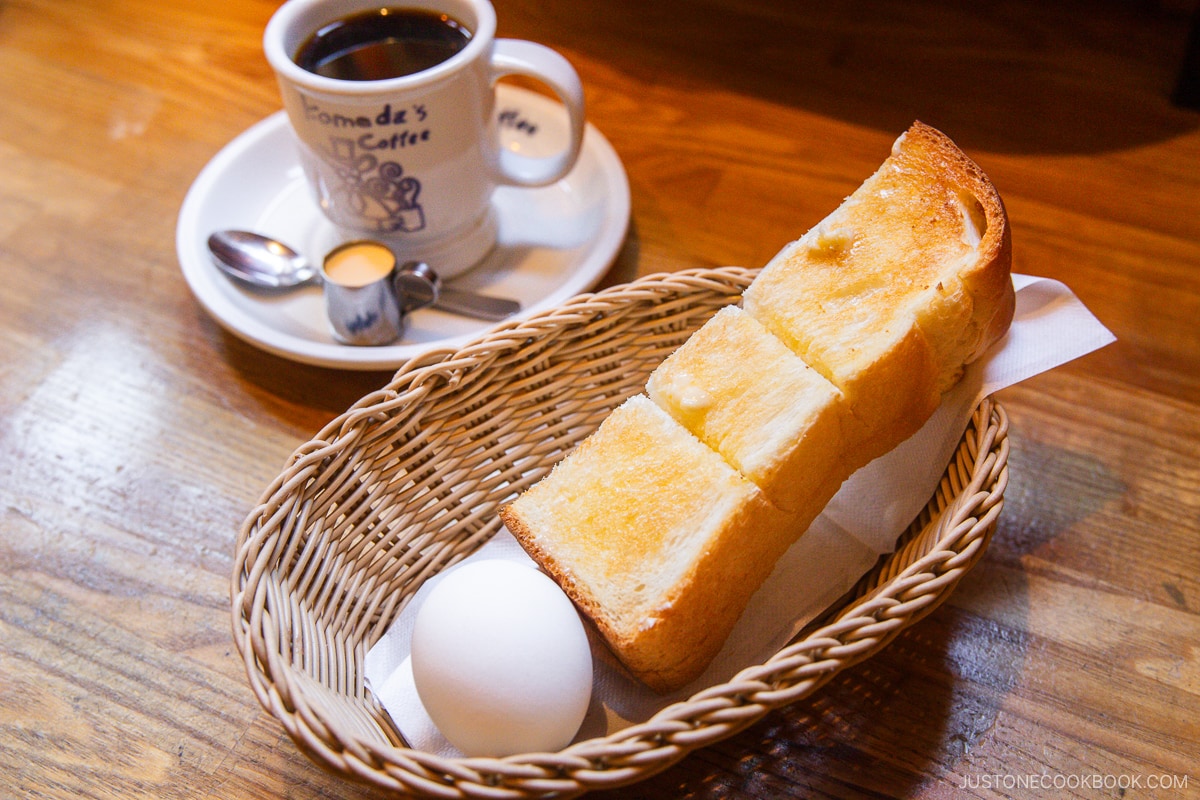
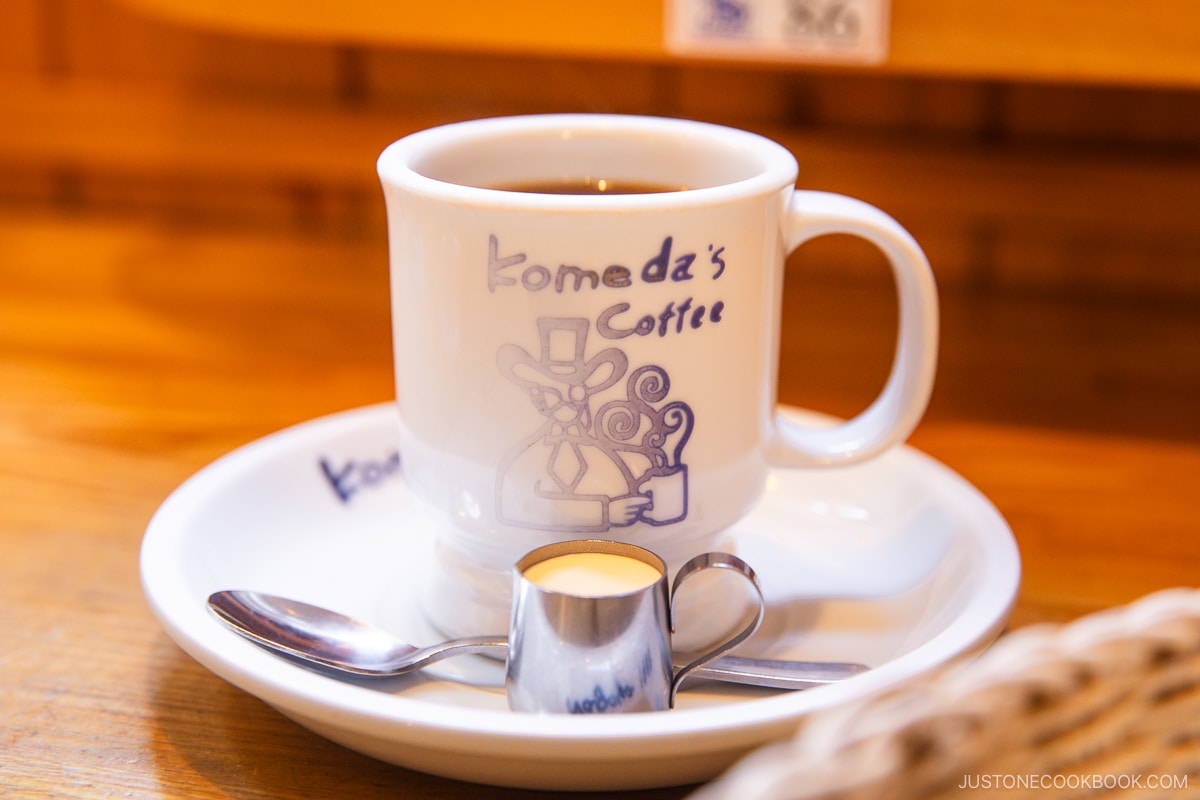
Kissatens will often be filled with locals, which can be a little intimidating to enter. If you are worried, head to Komeda Coffee, a kissaten chain, to pick up your Nagoya Morning set!
So that’s it for our must-try dishes in Nagoya! When you think of Japanese food, Nagoya doesn’t immediately spring to mind, but we hope that with this guide, you’ll go visit and enjoy some of the fantastic food on offer! Let us know where you would like us to cover next down below!





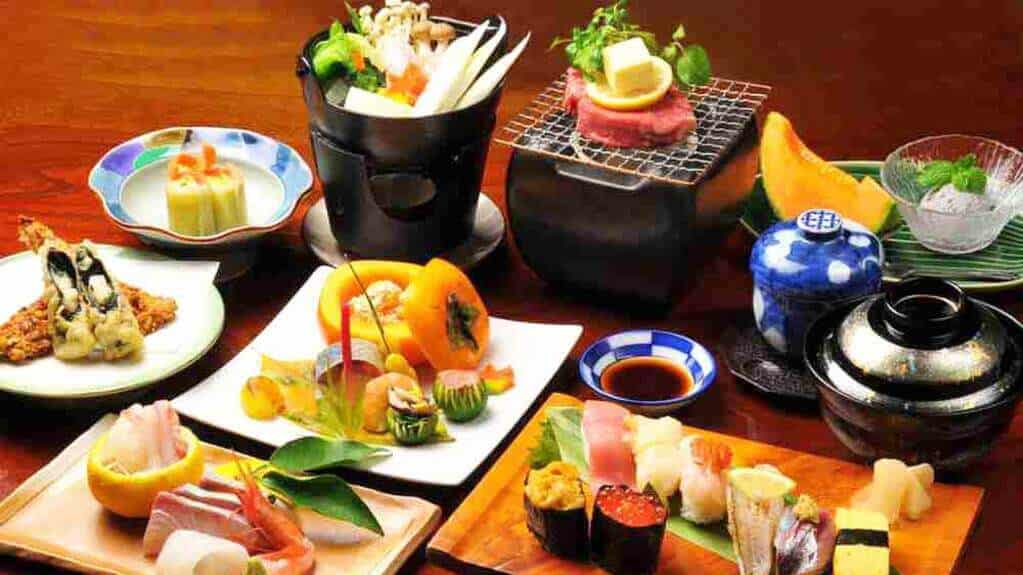




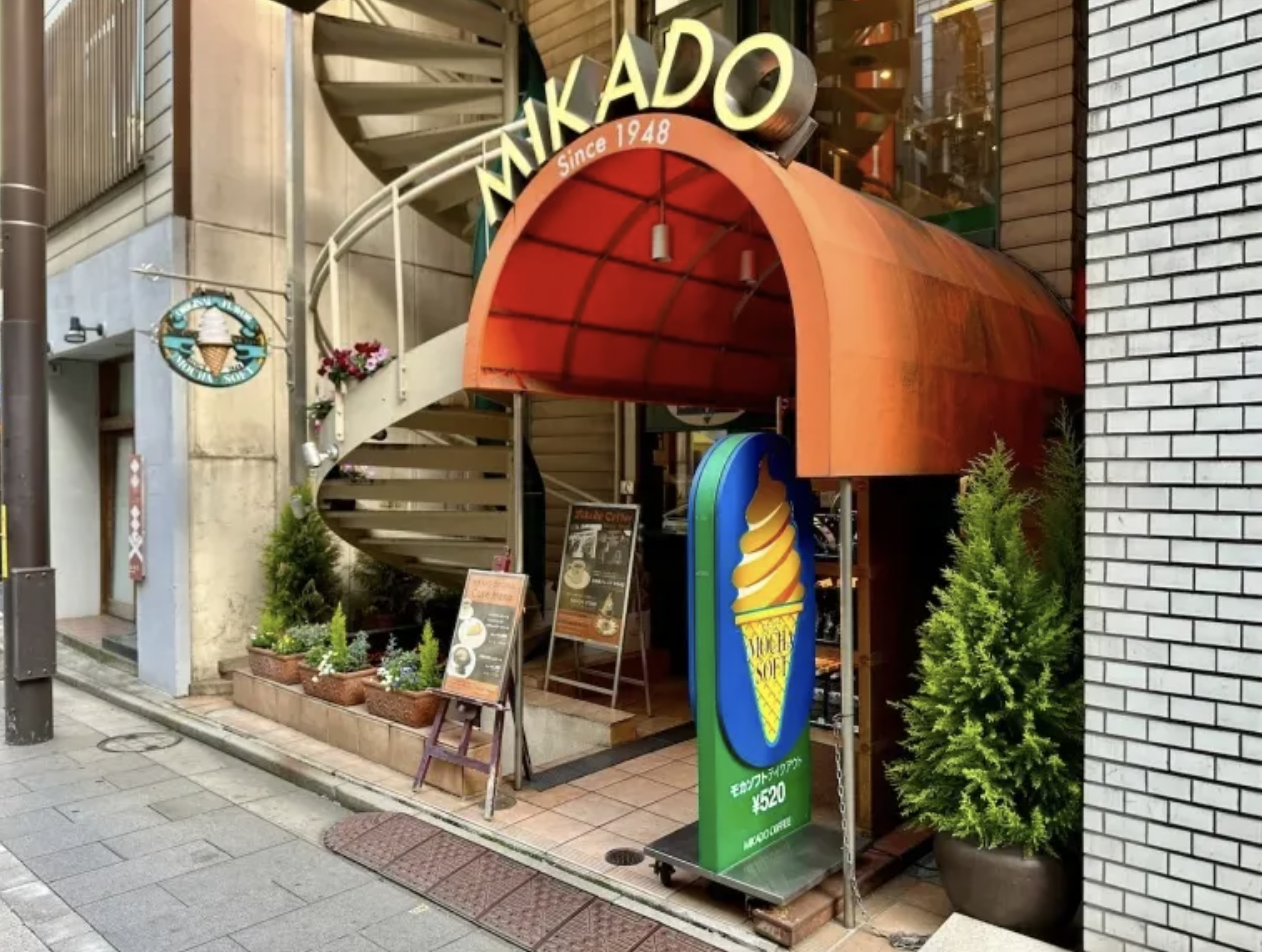
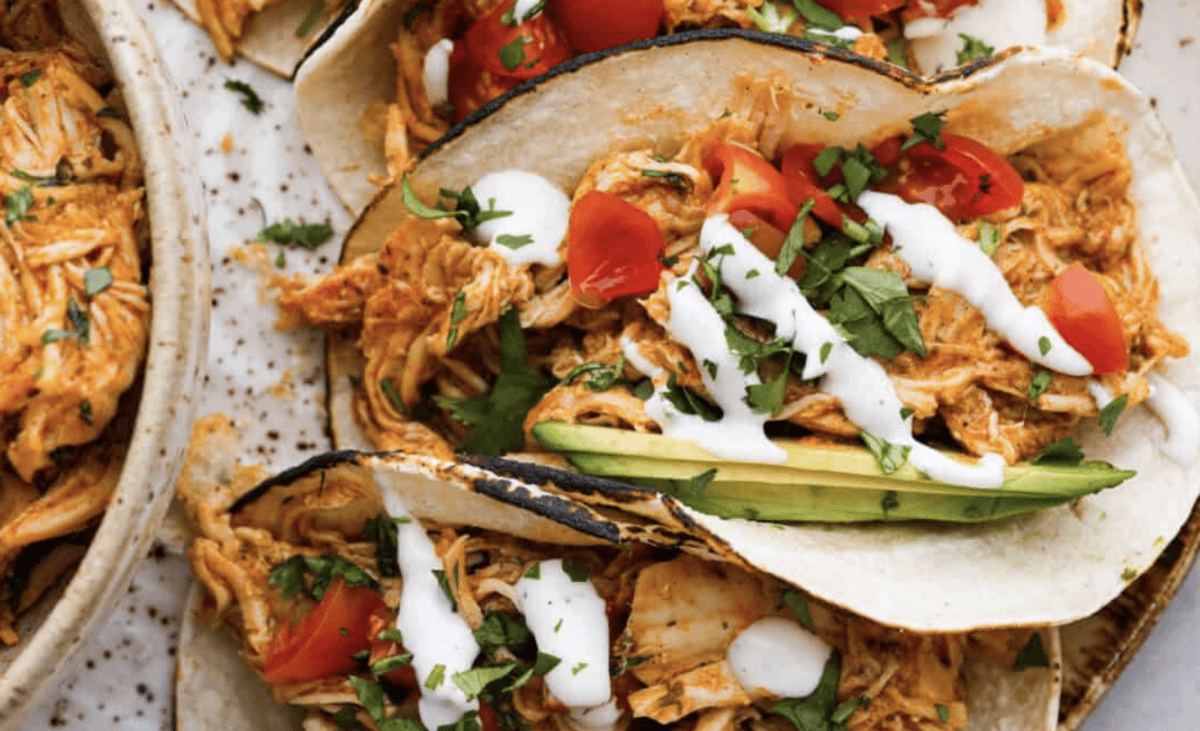
 English (US) ·
English (US) ·